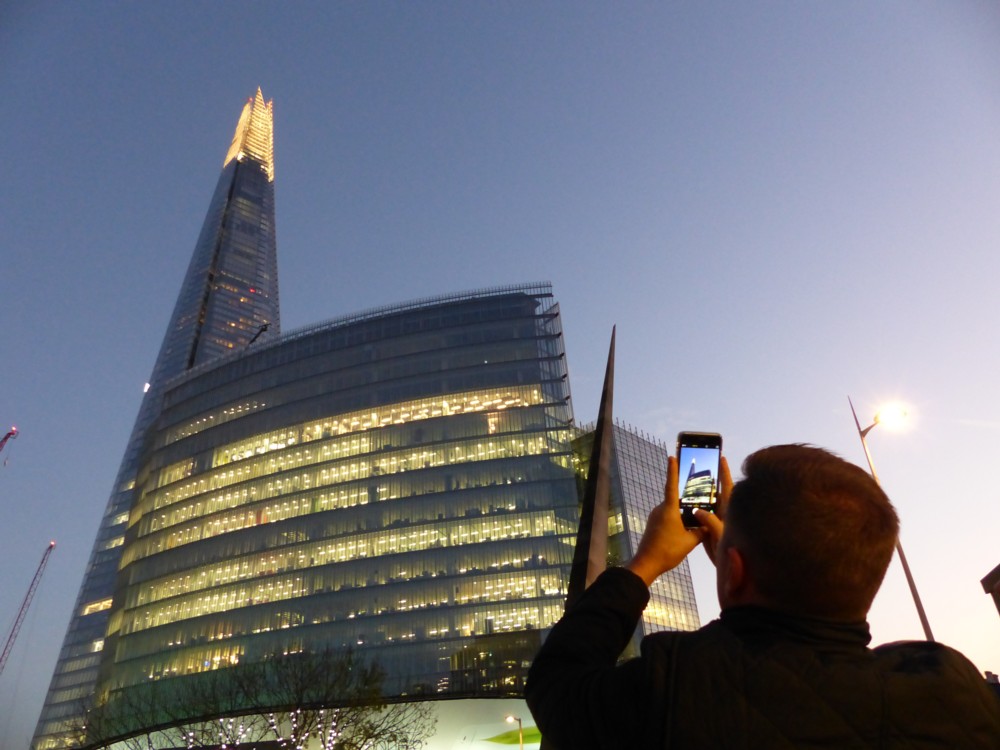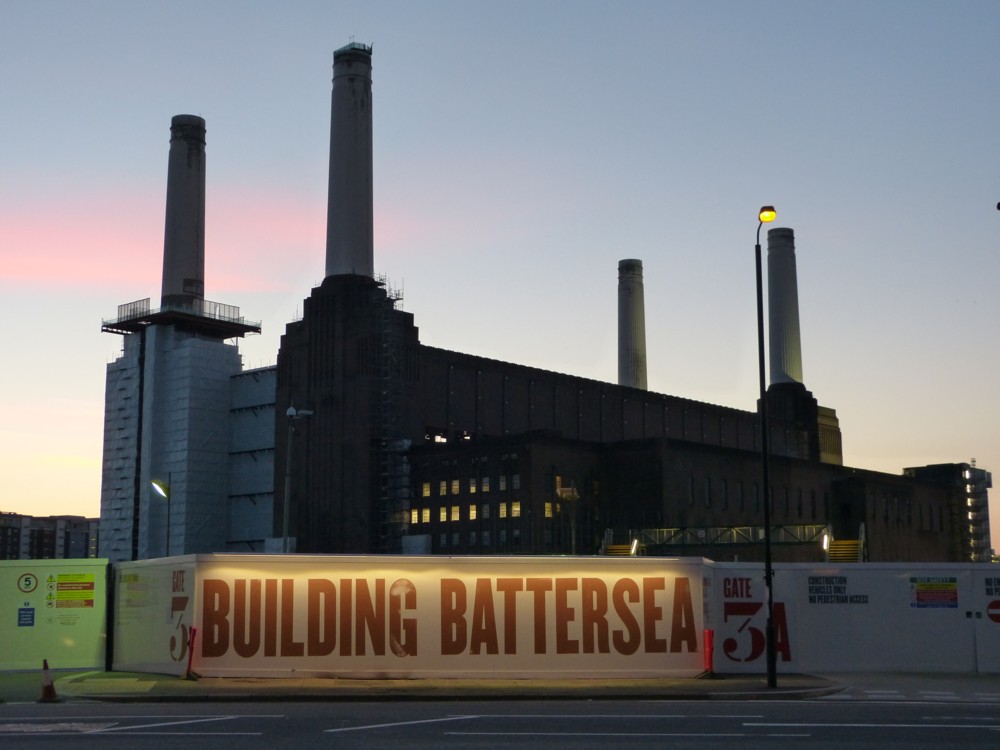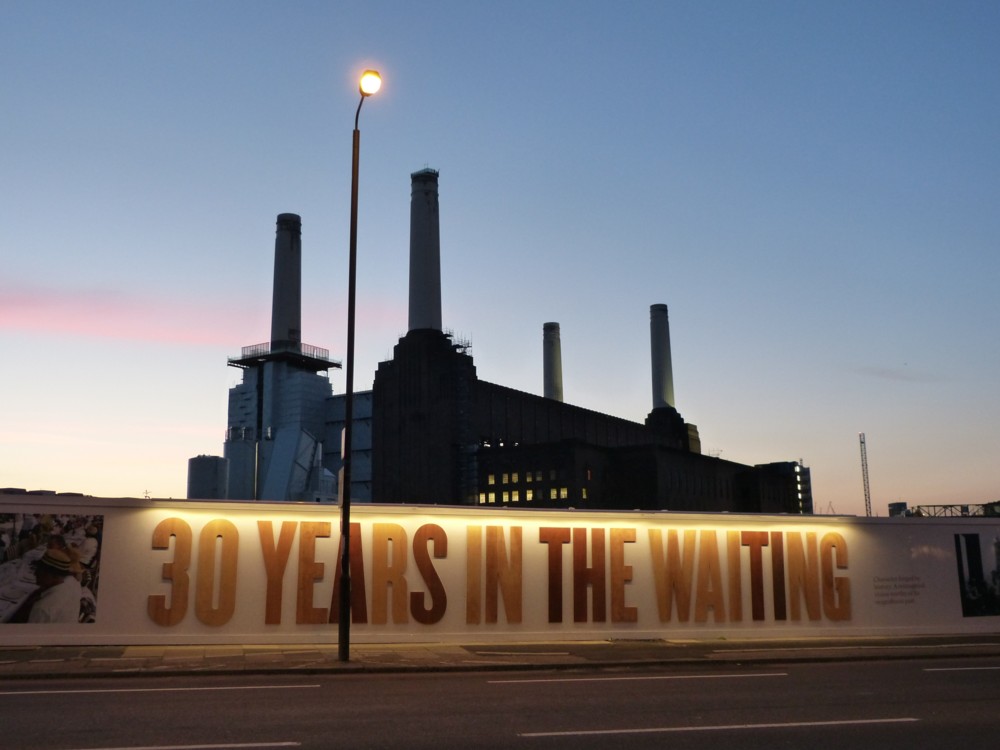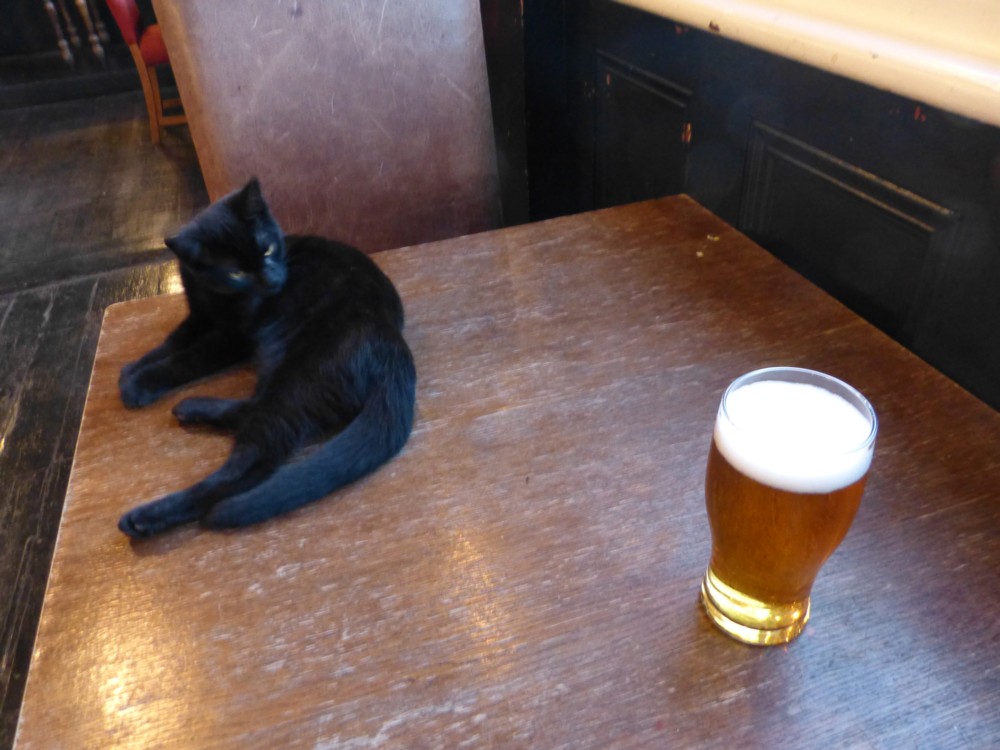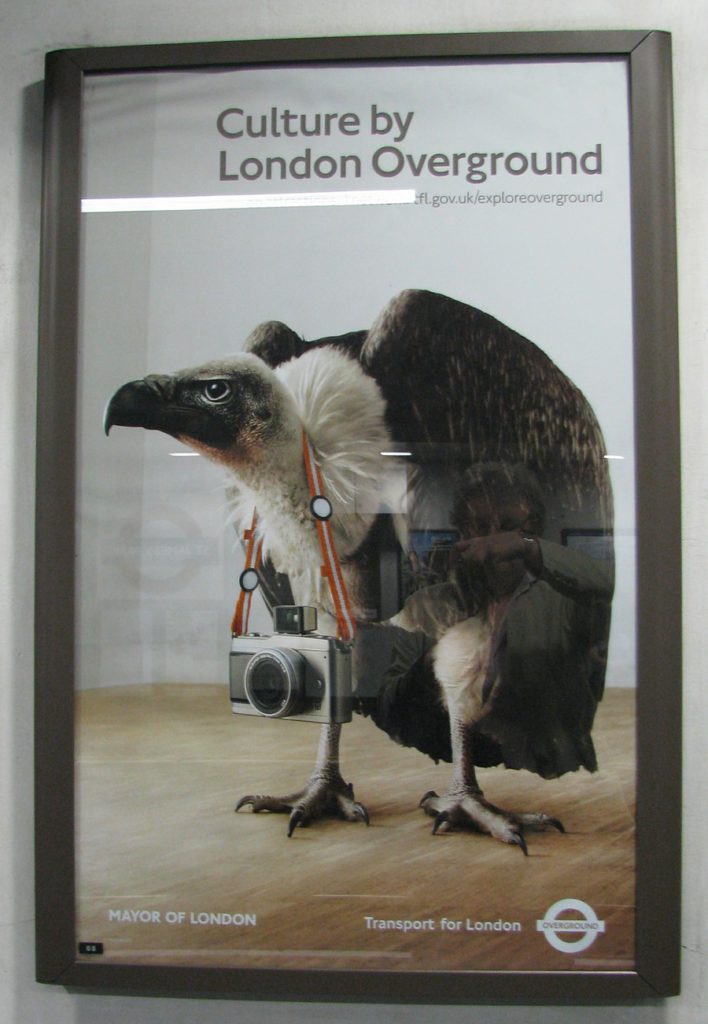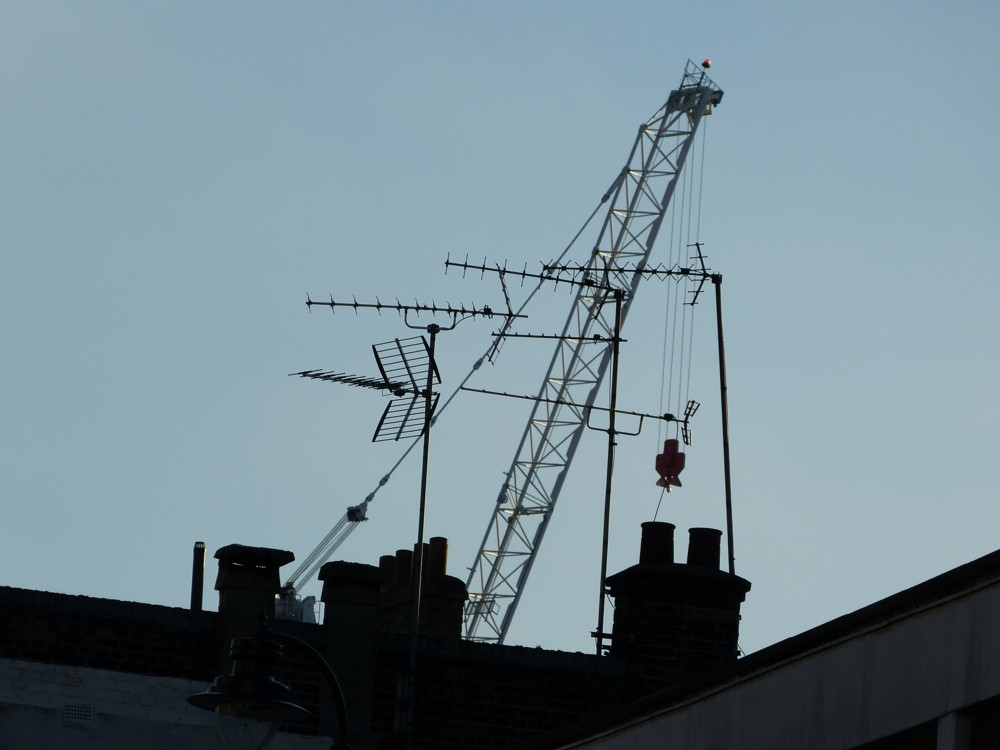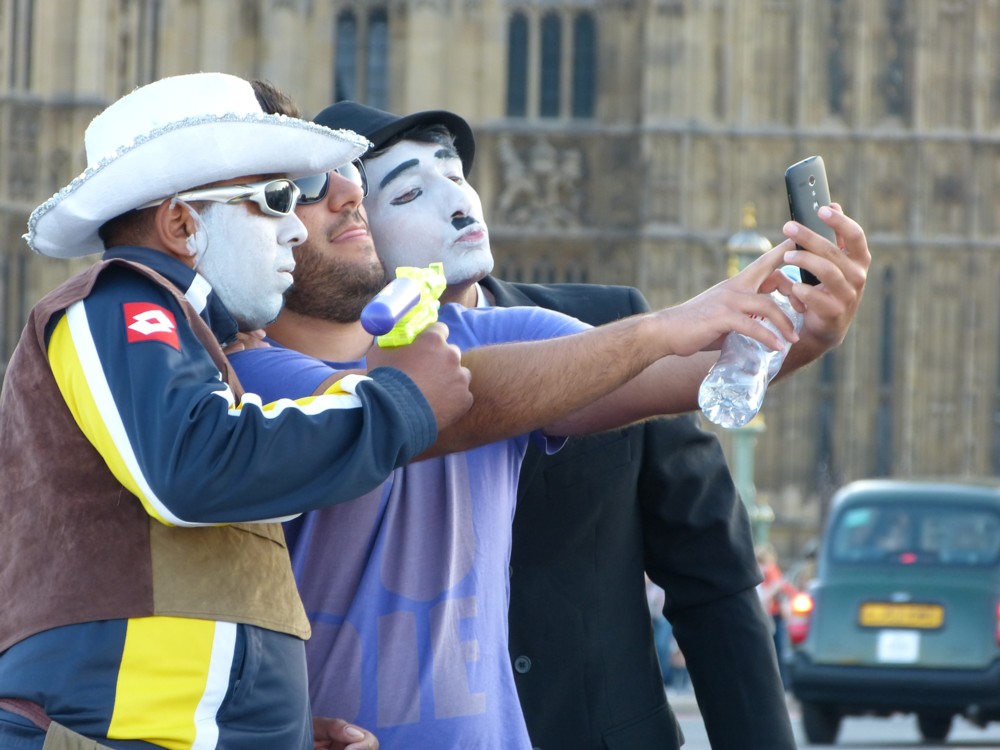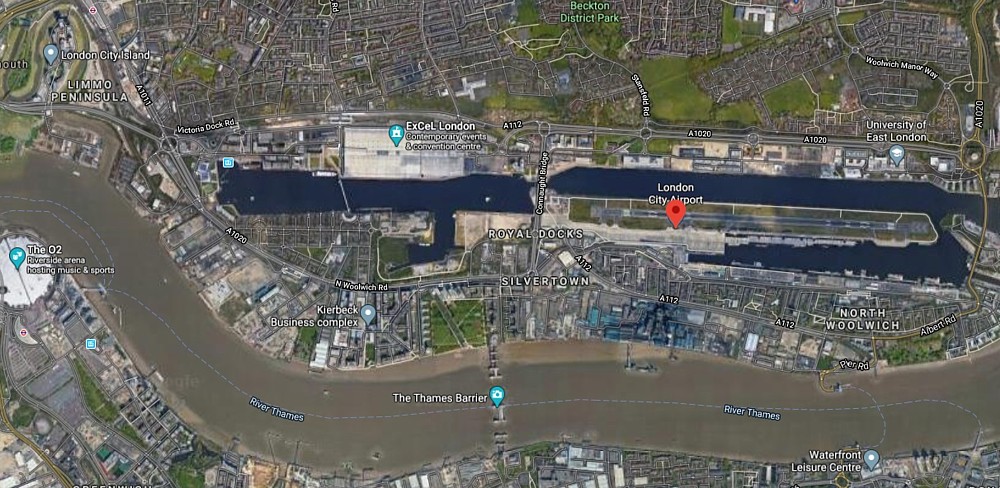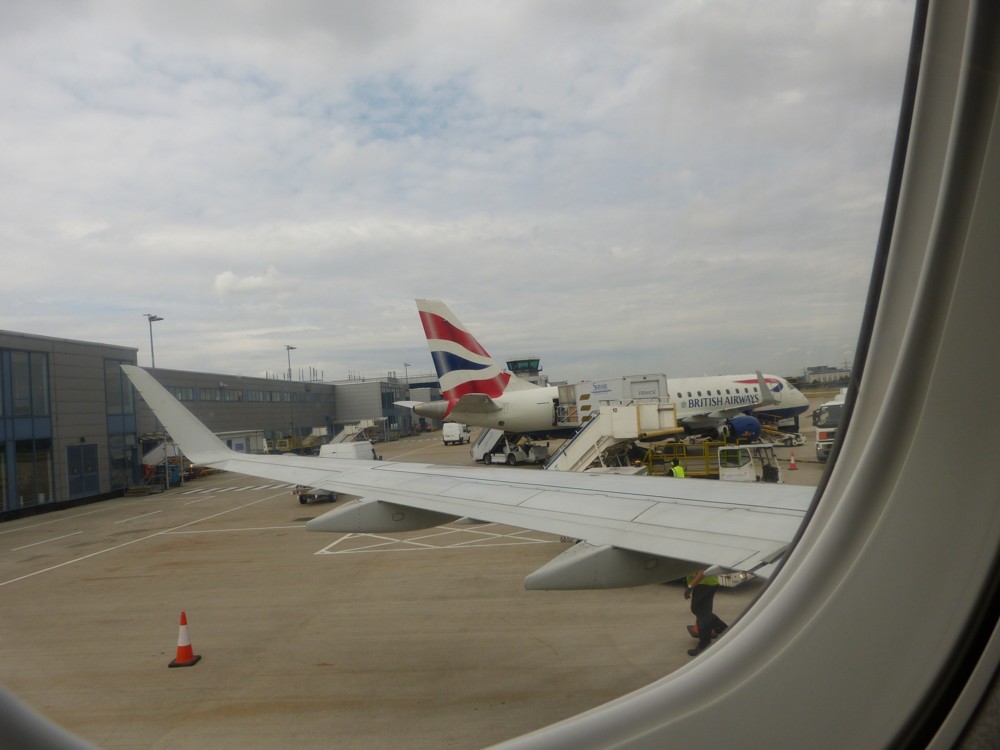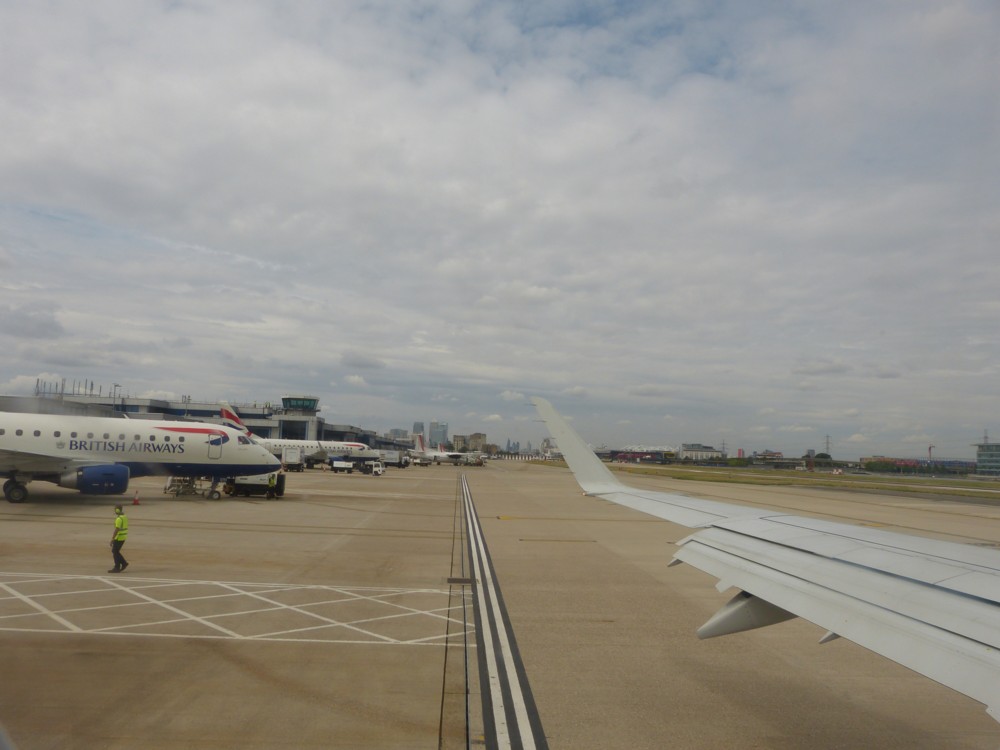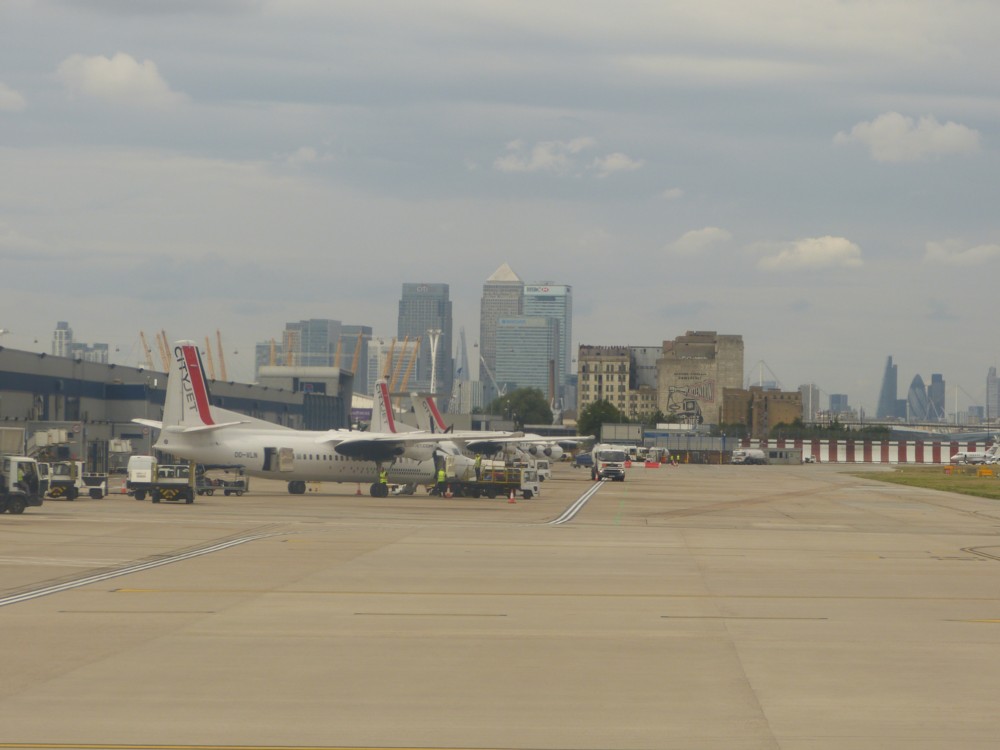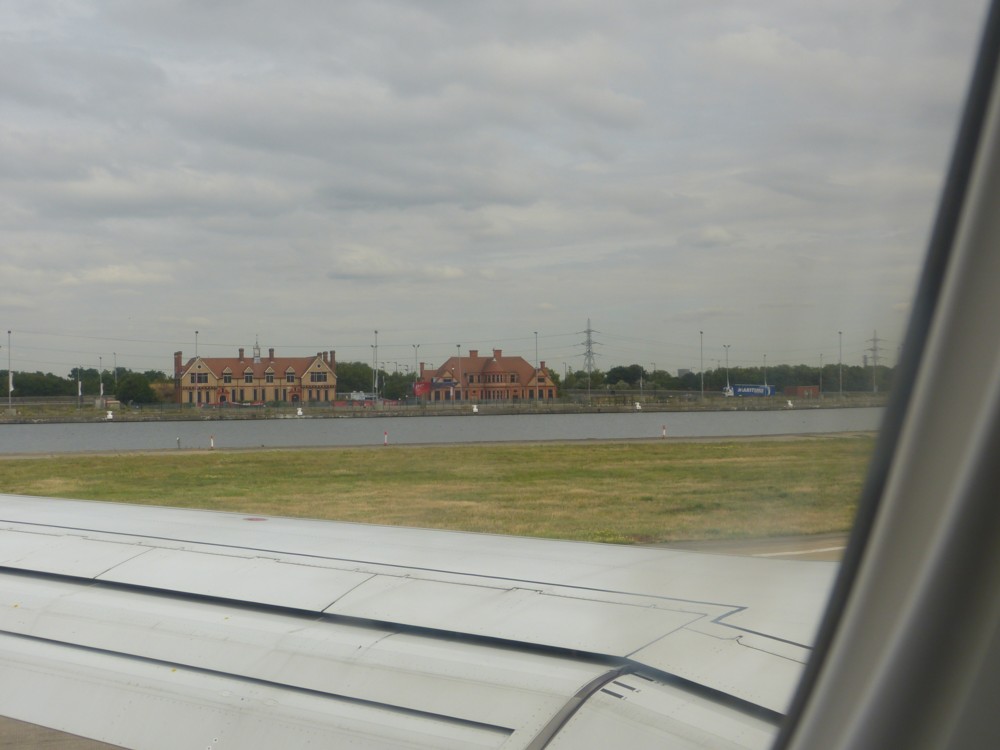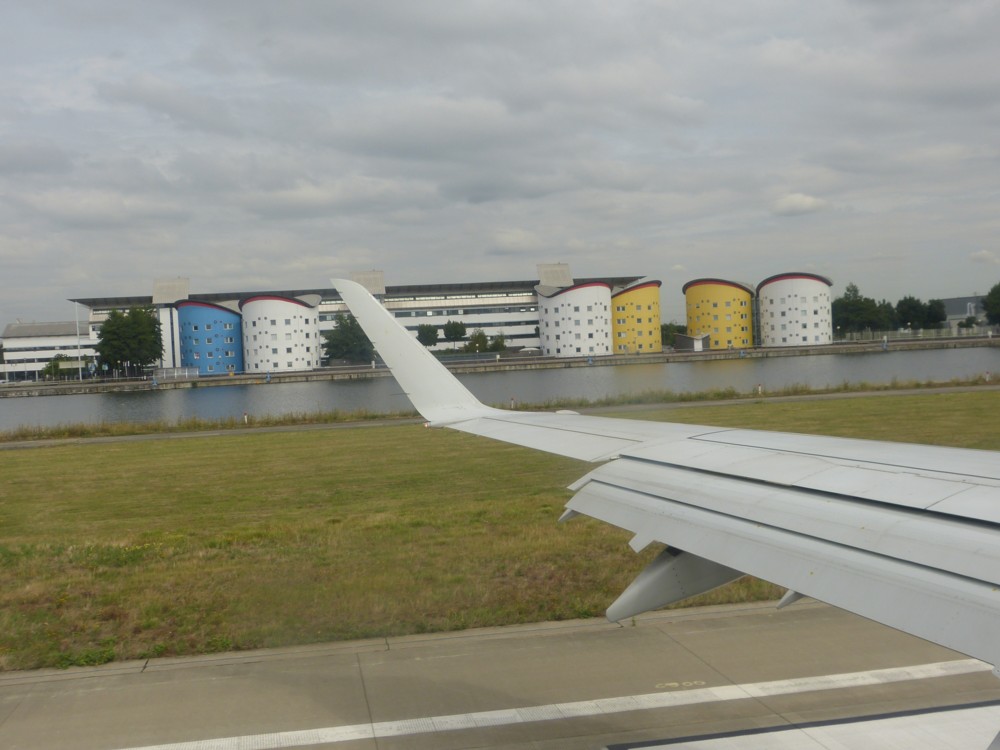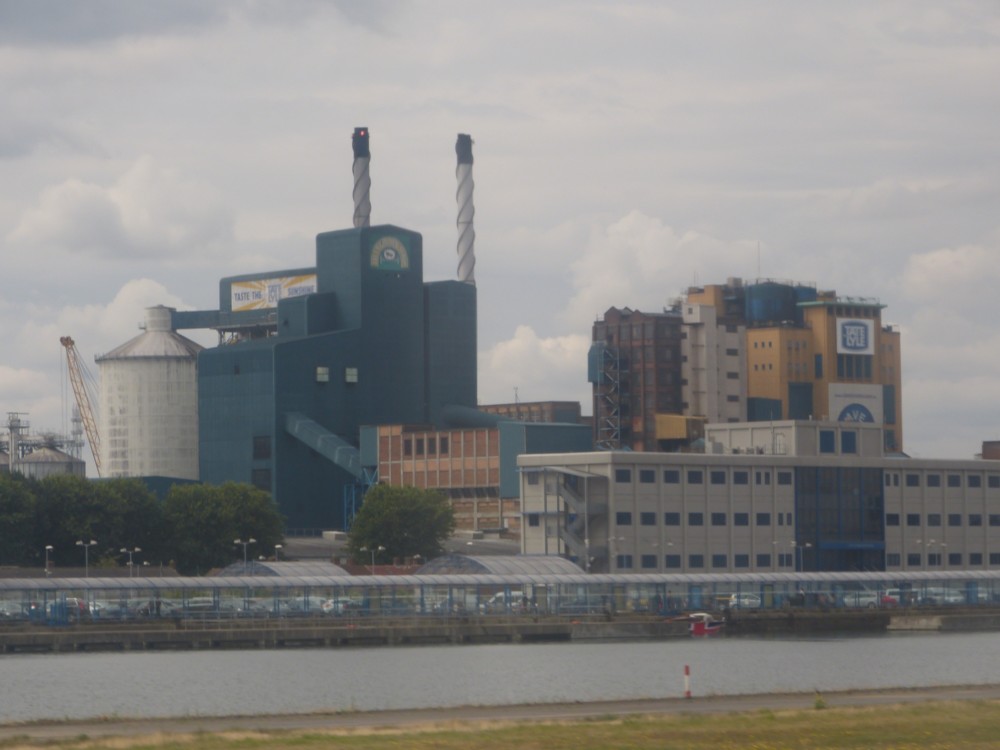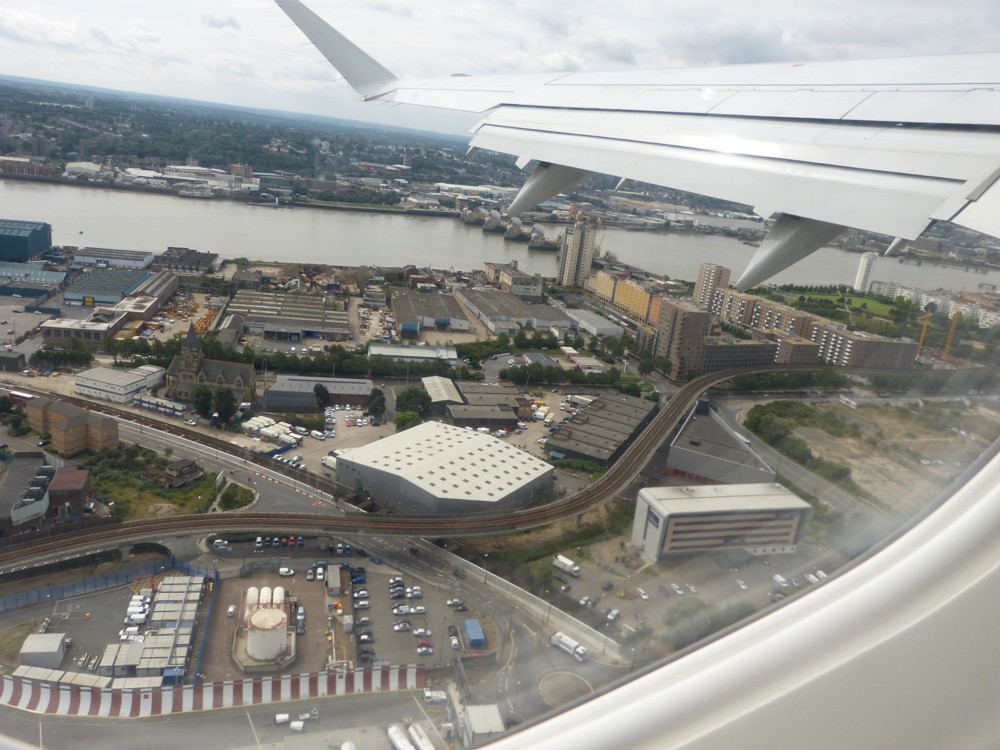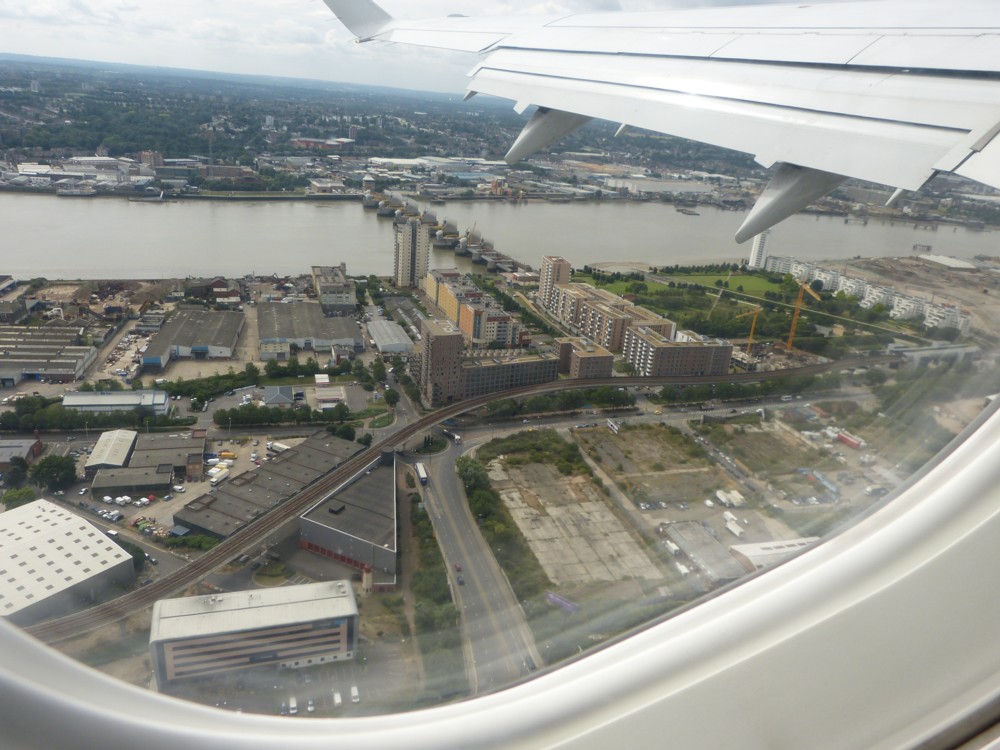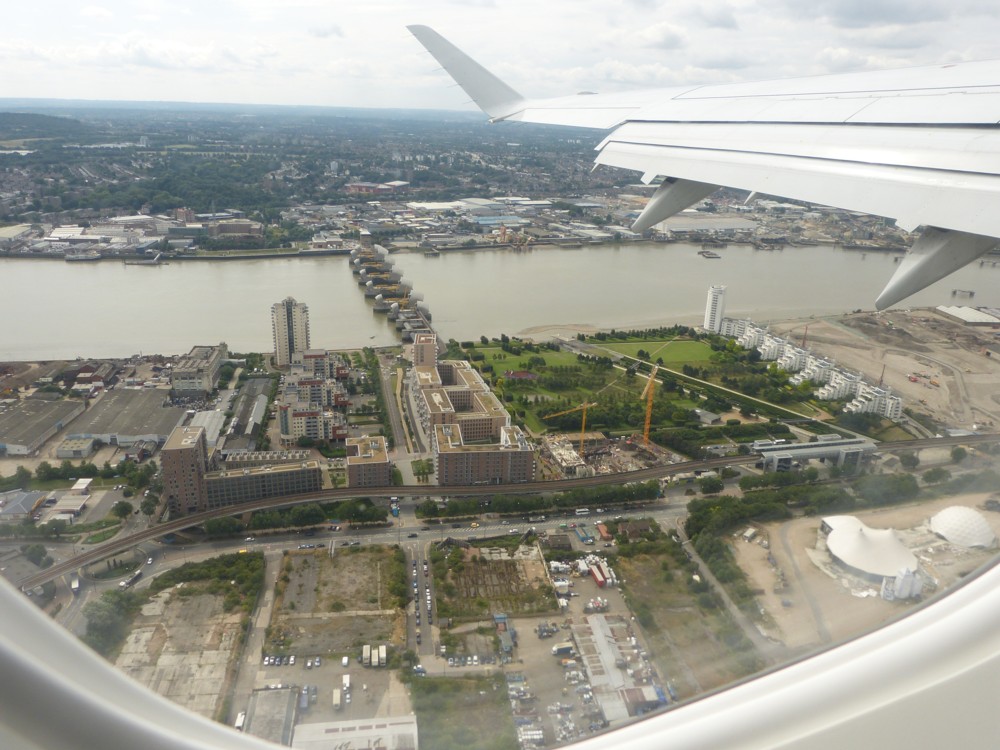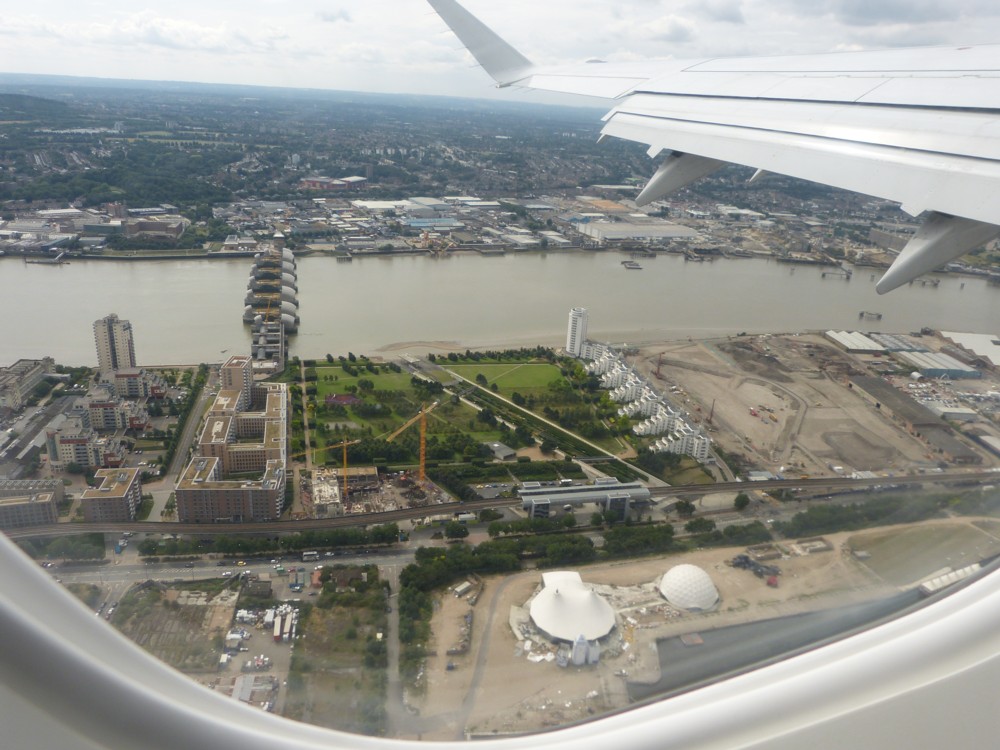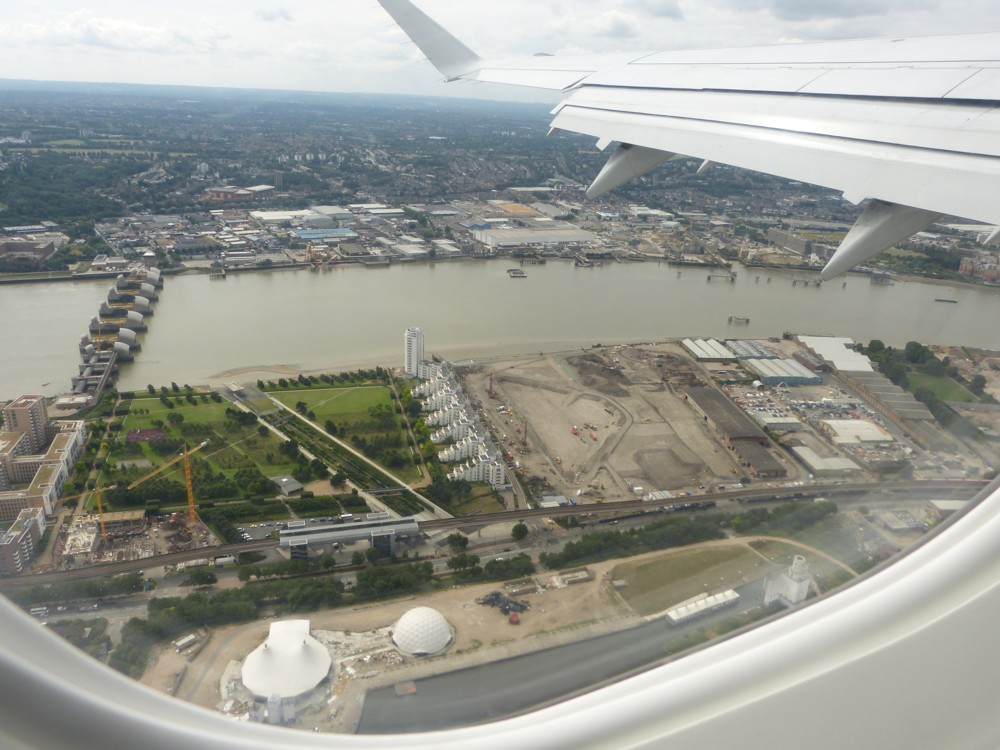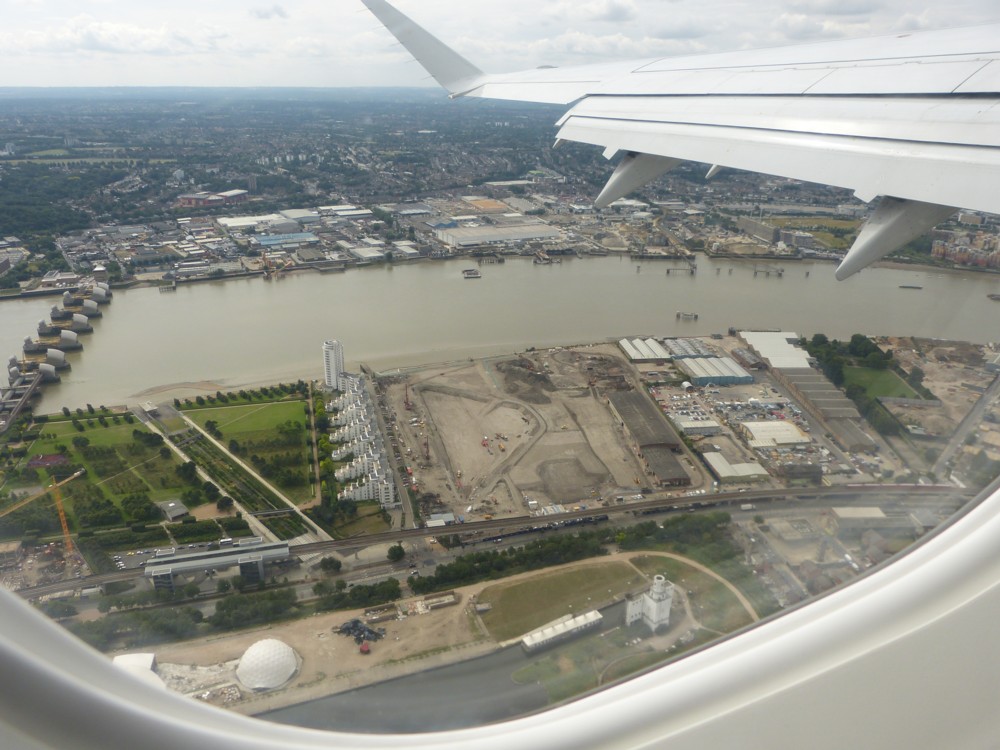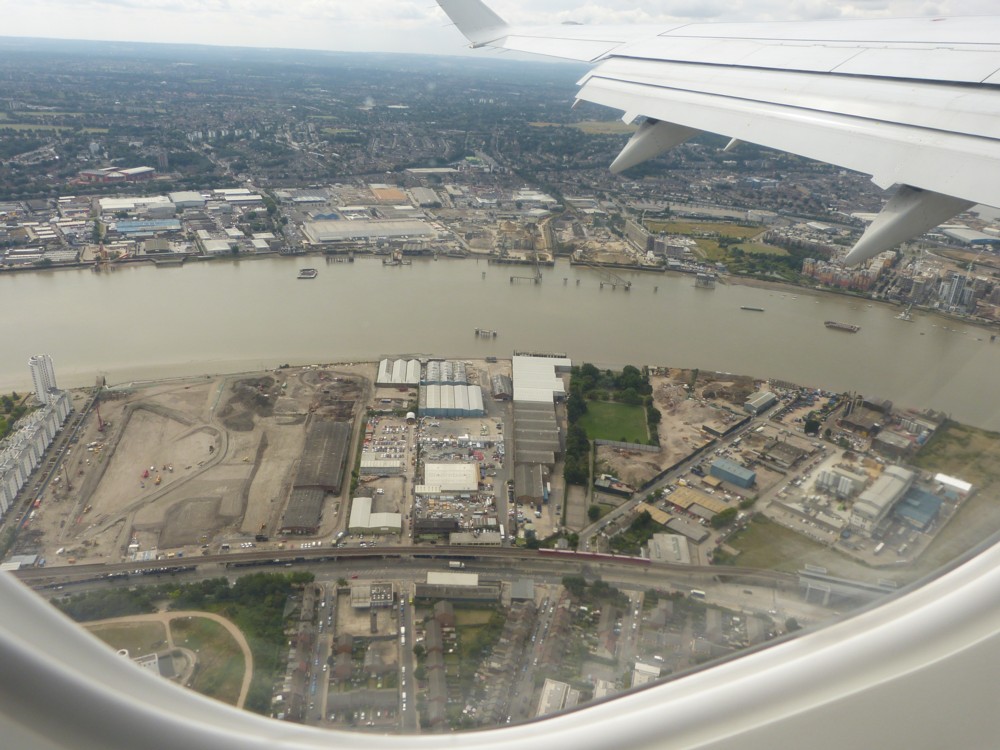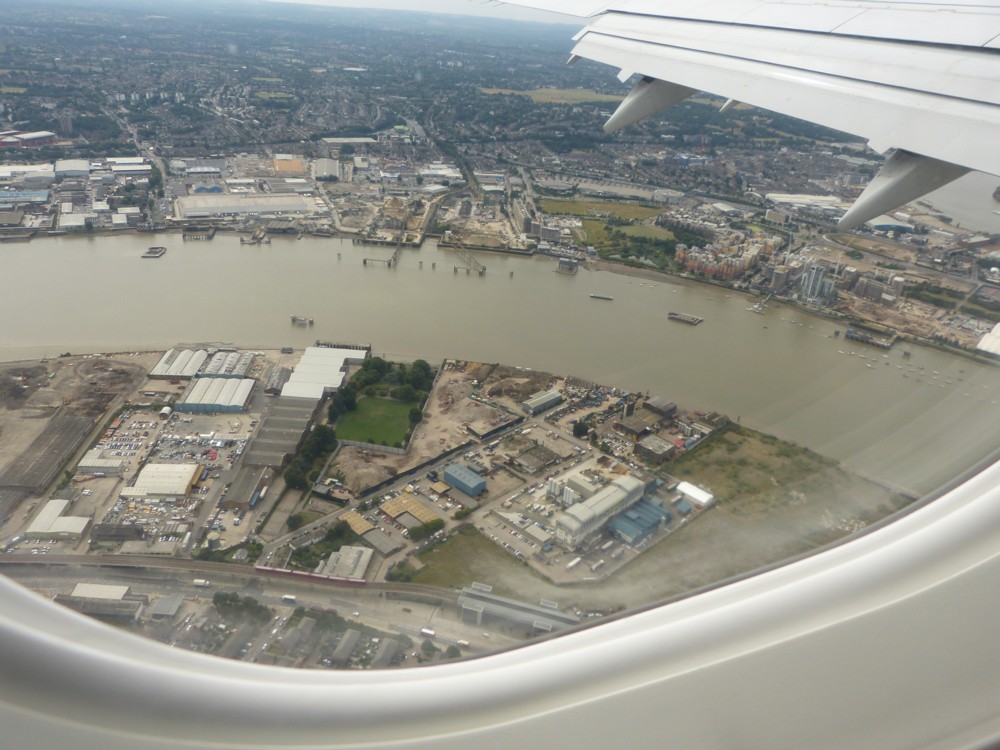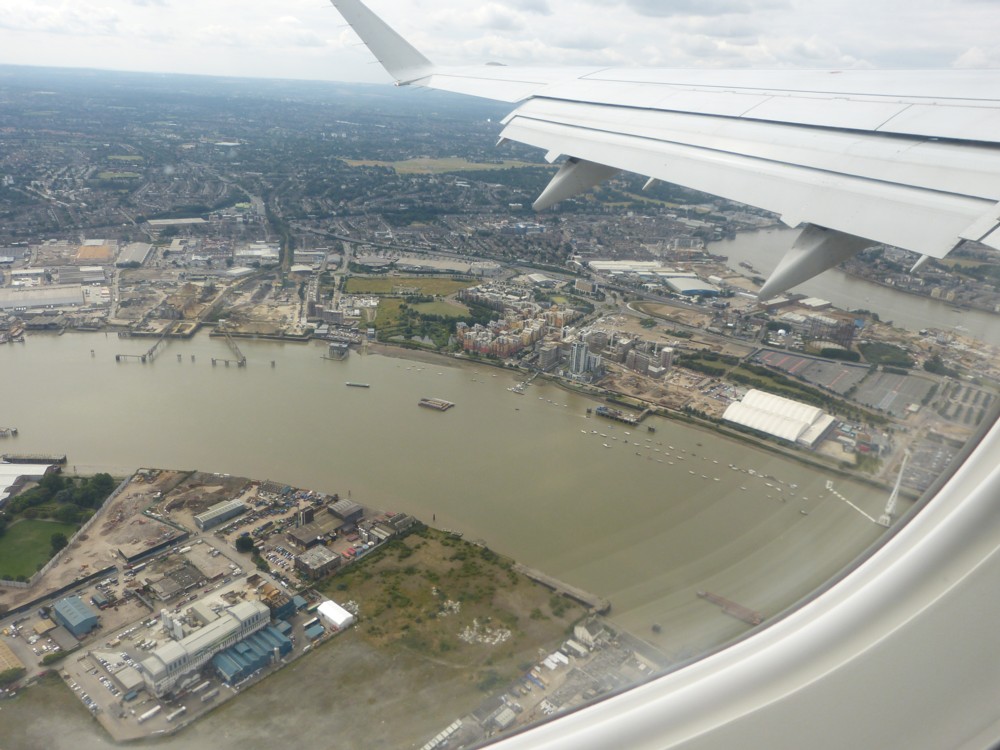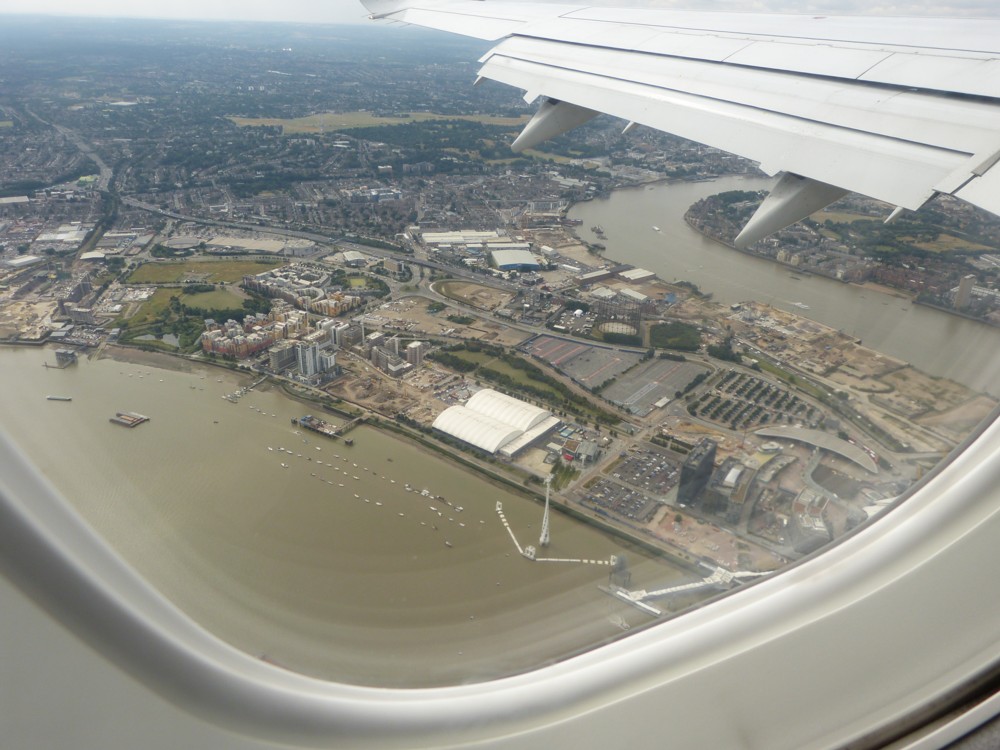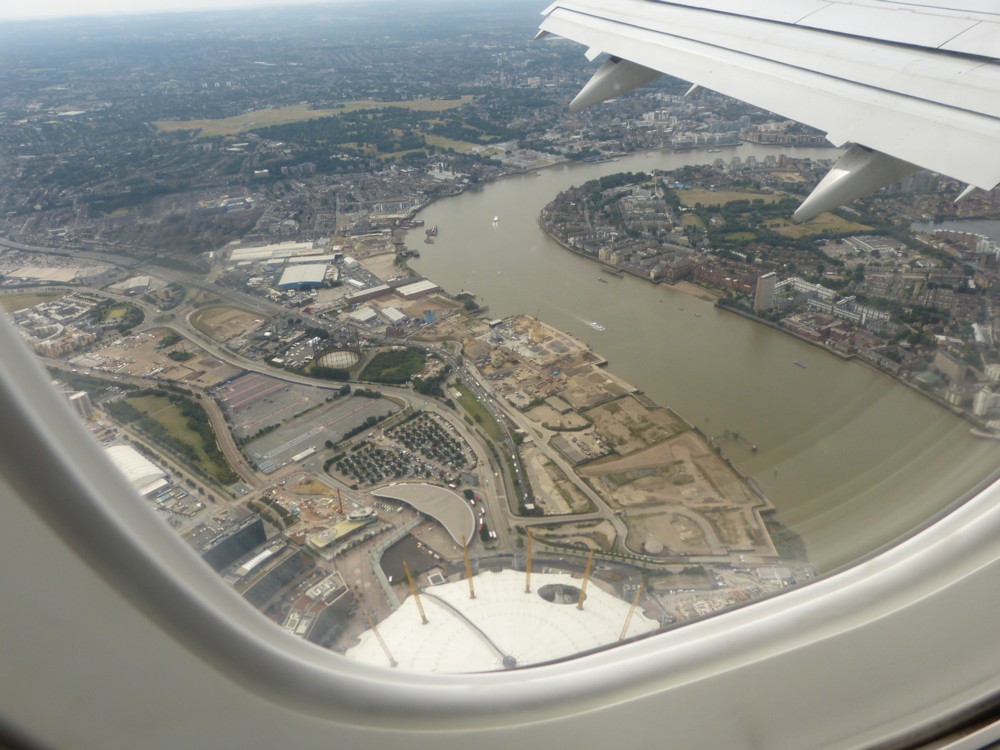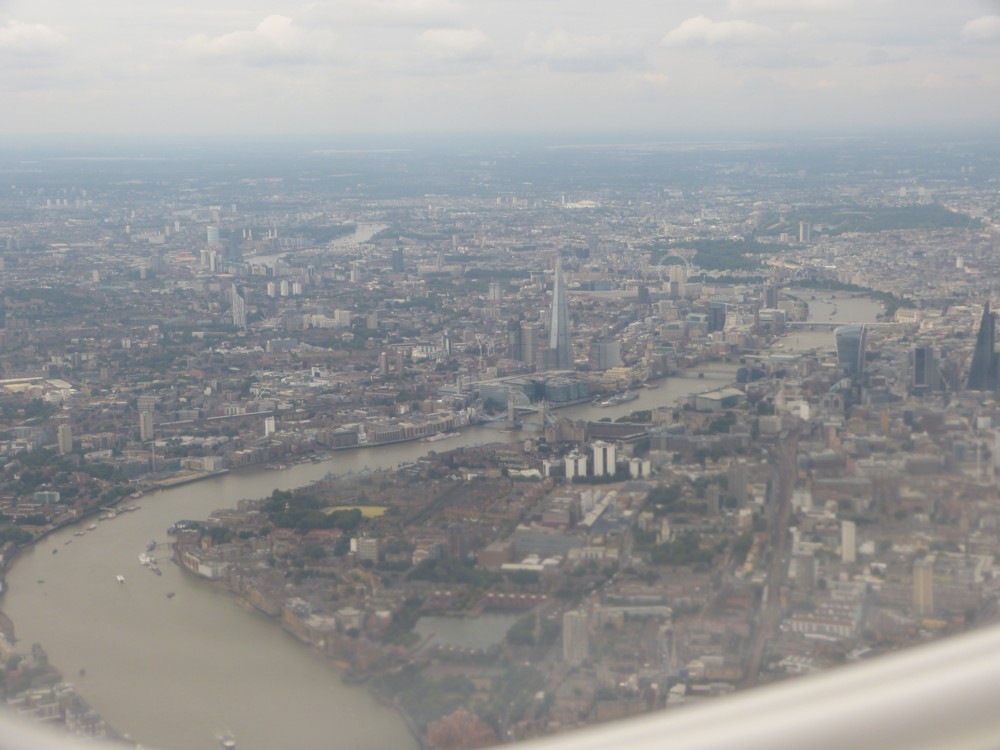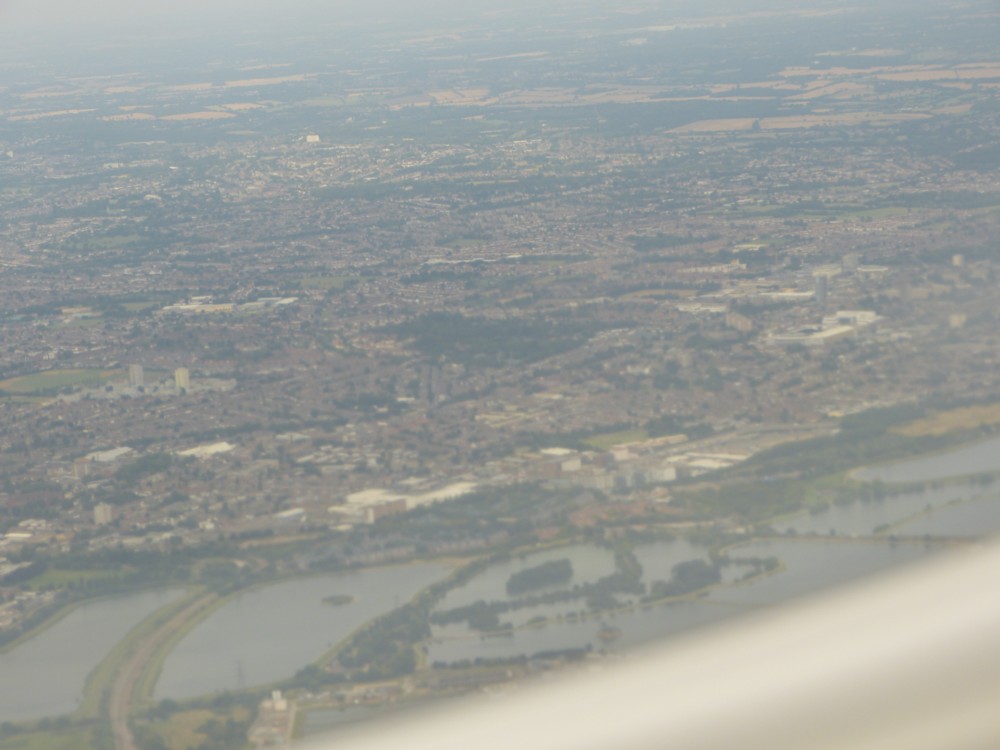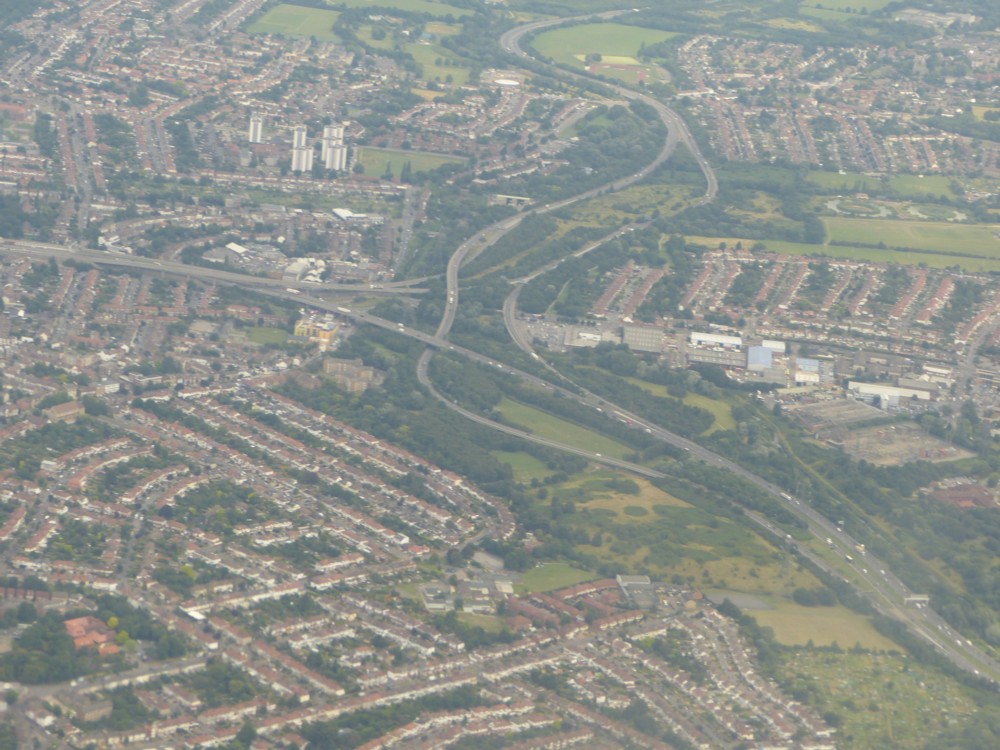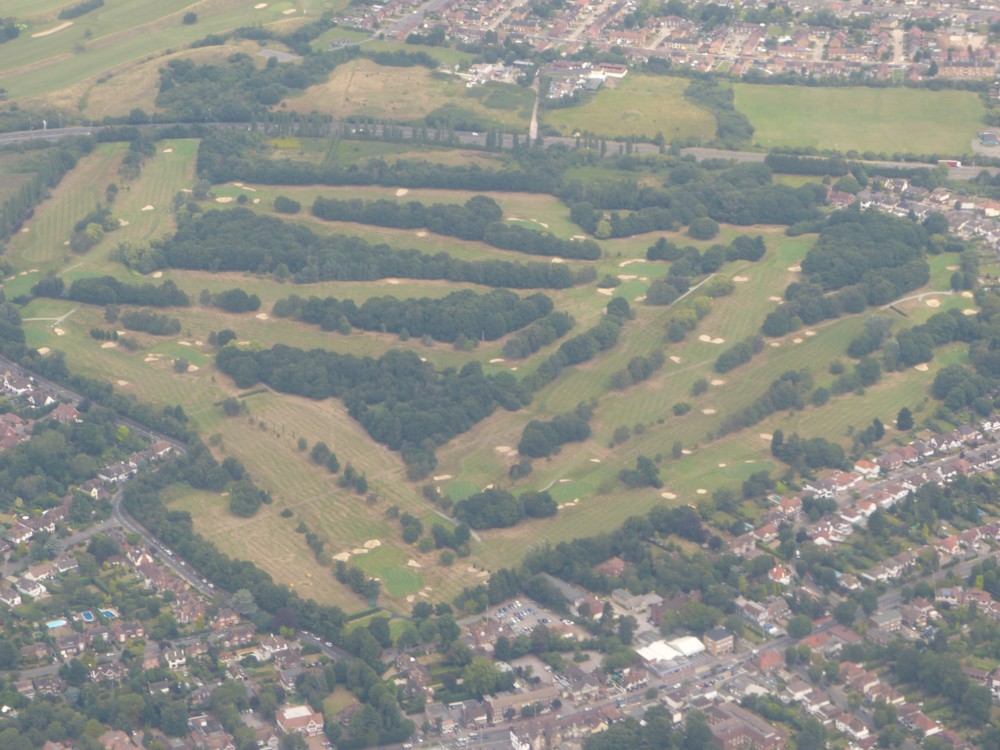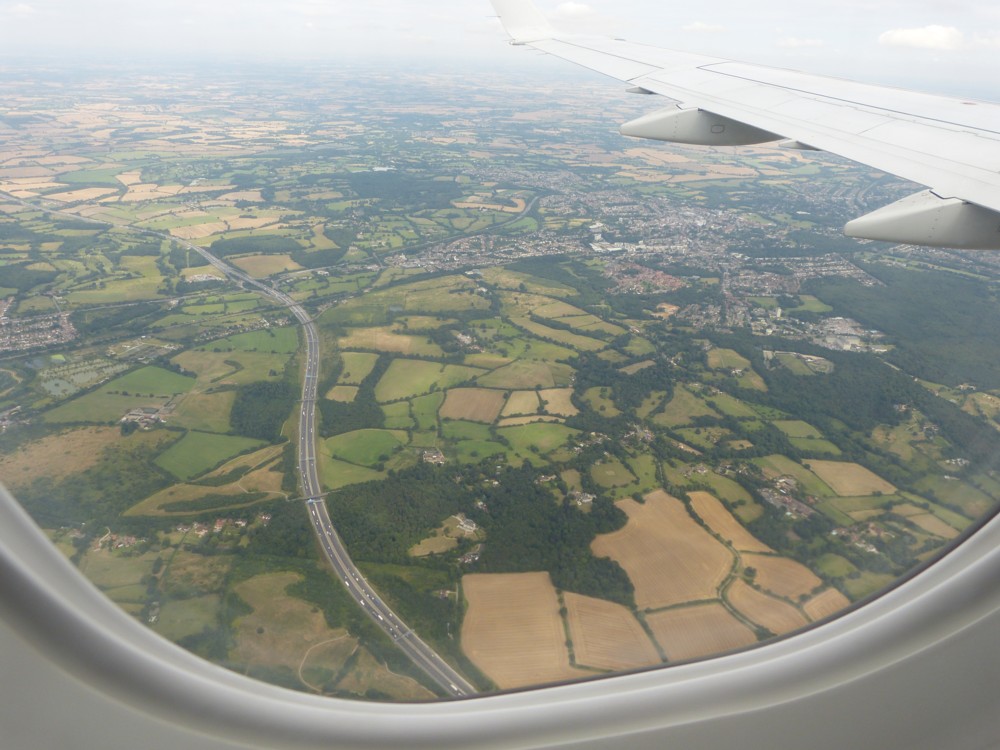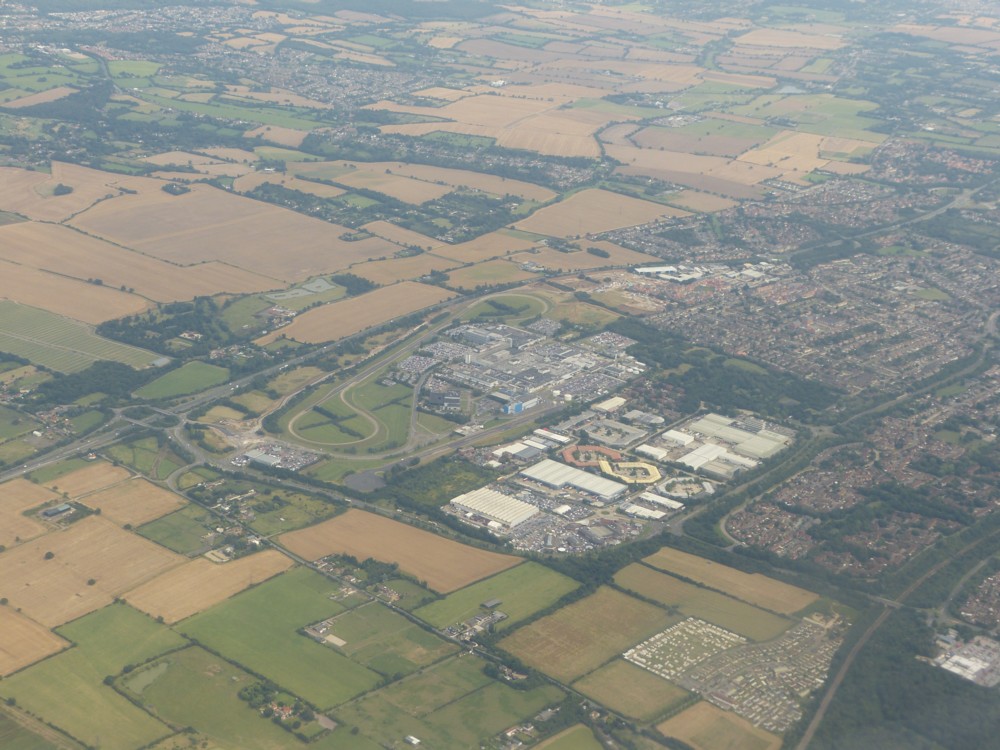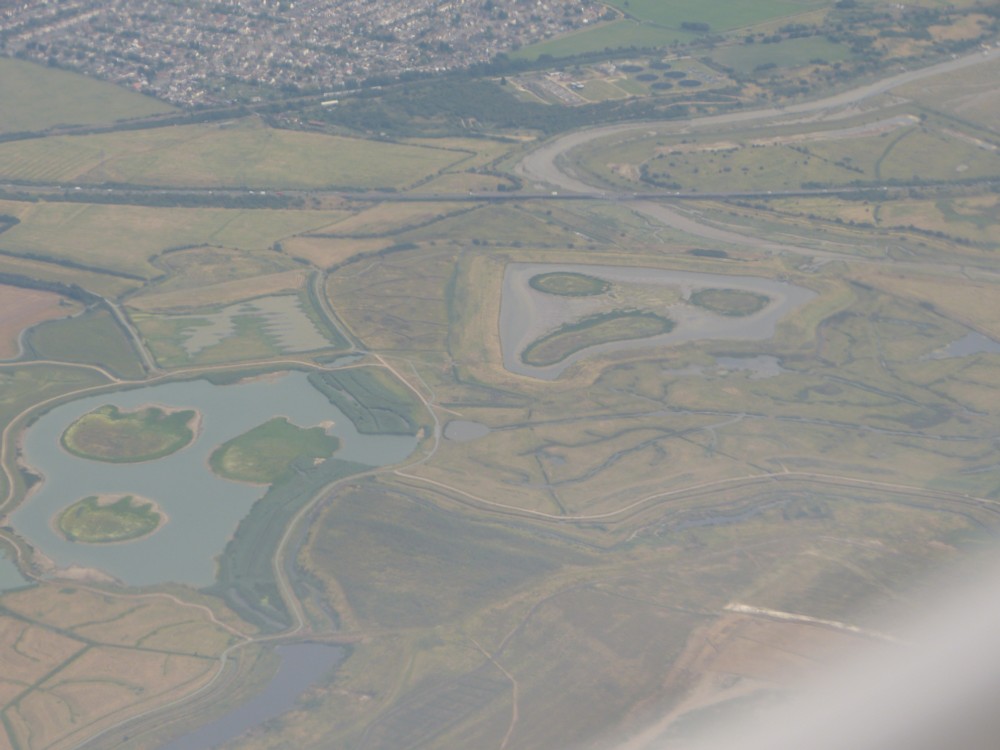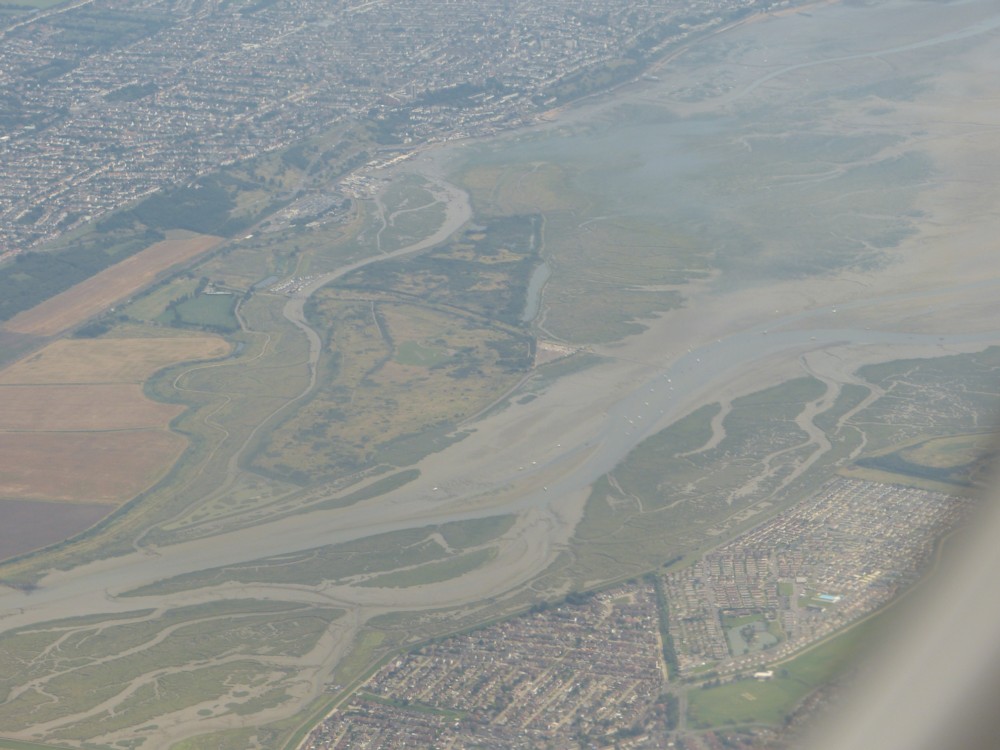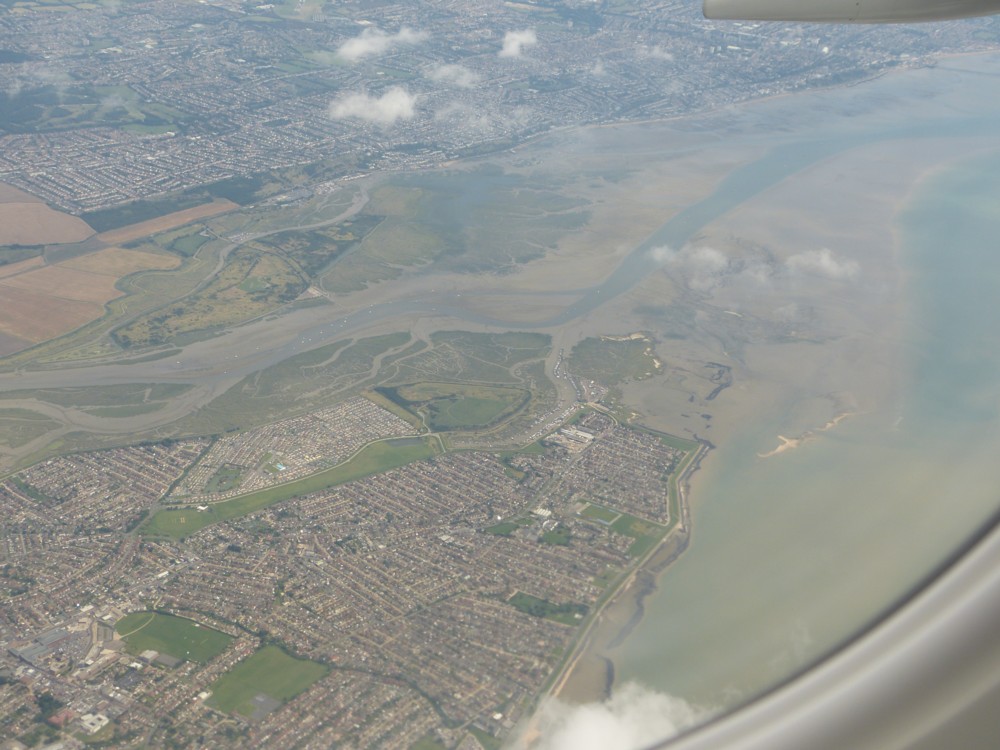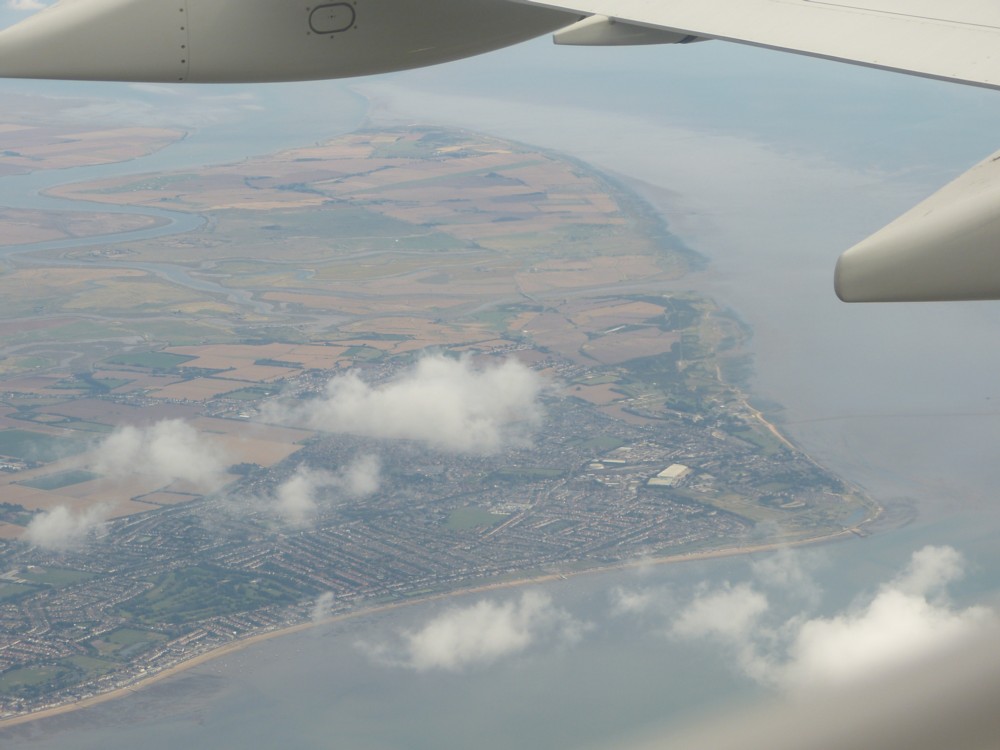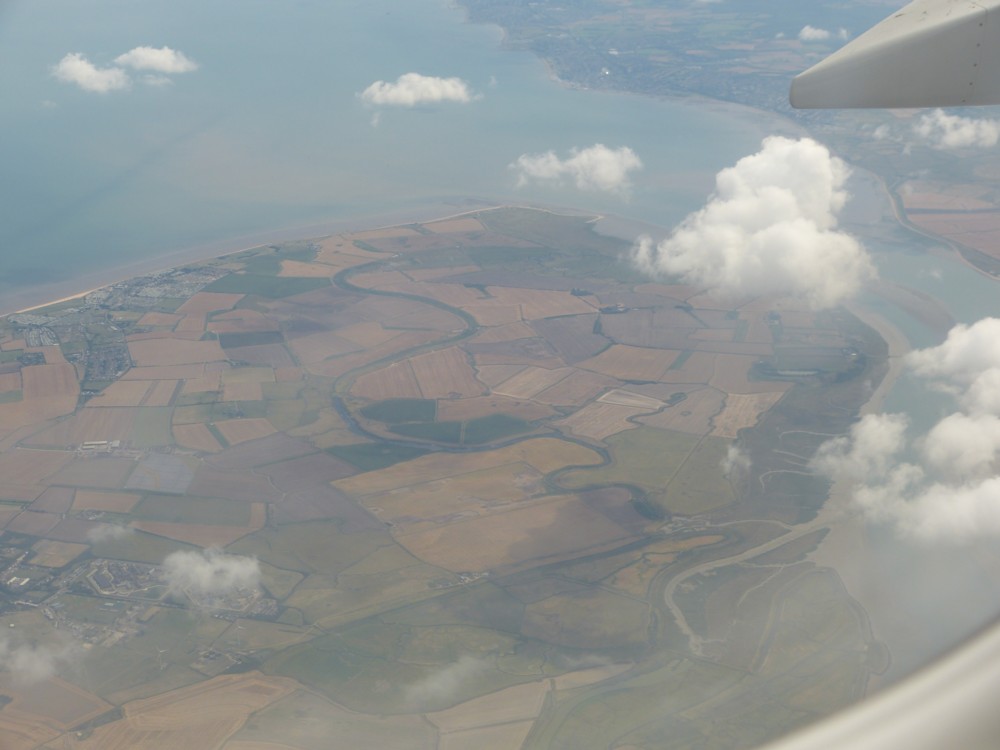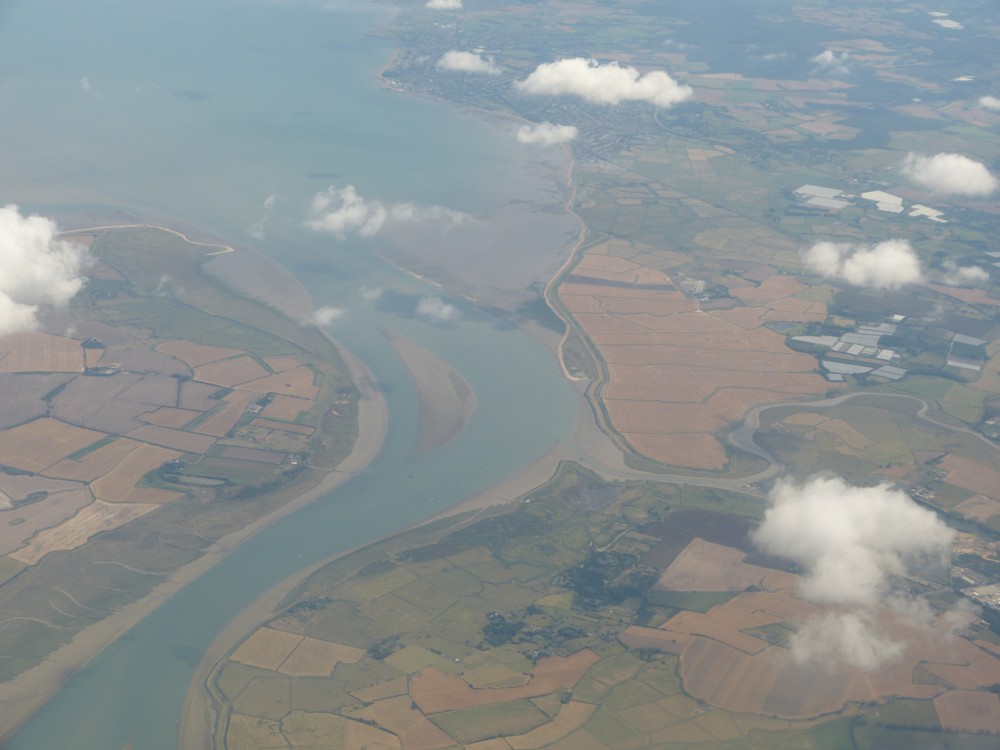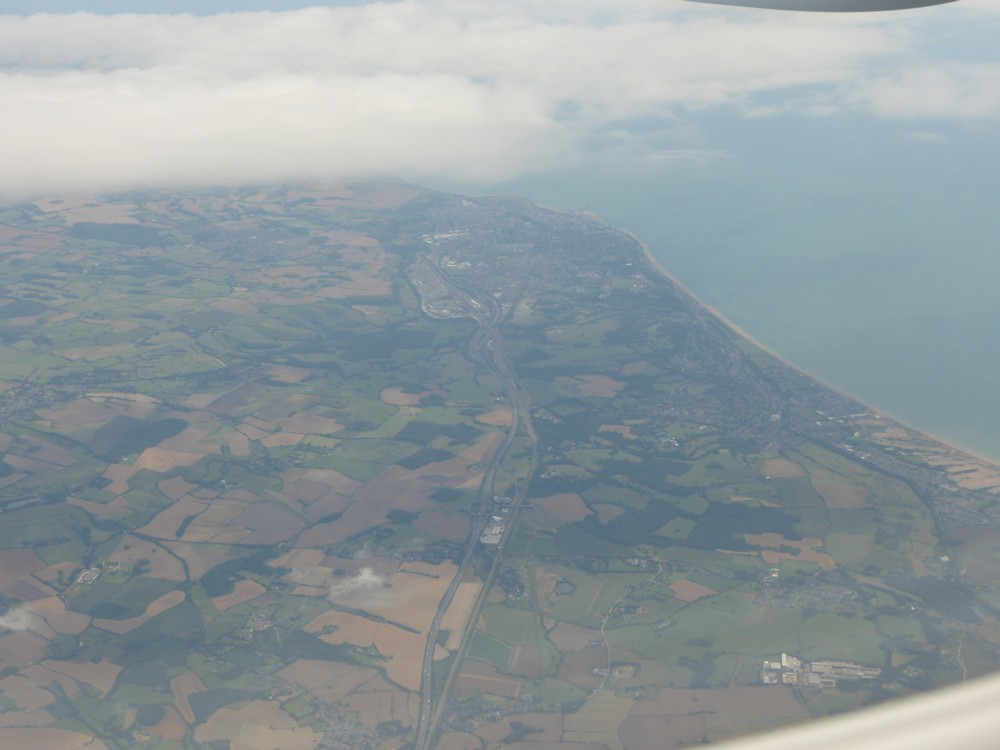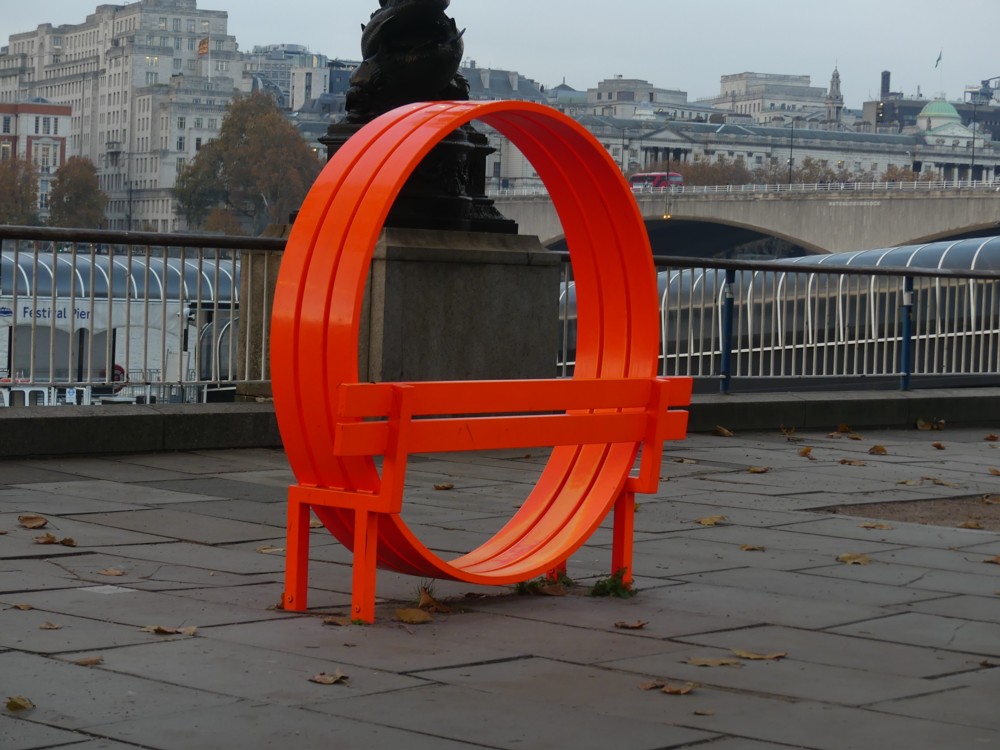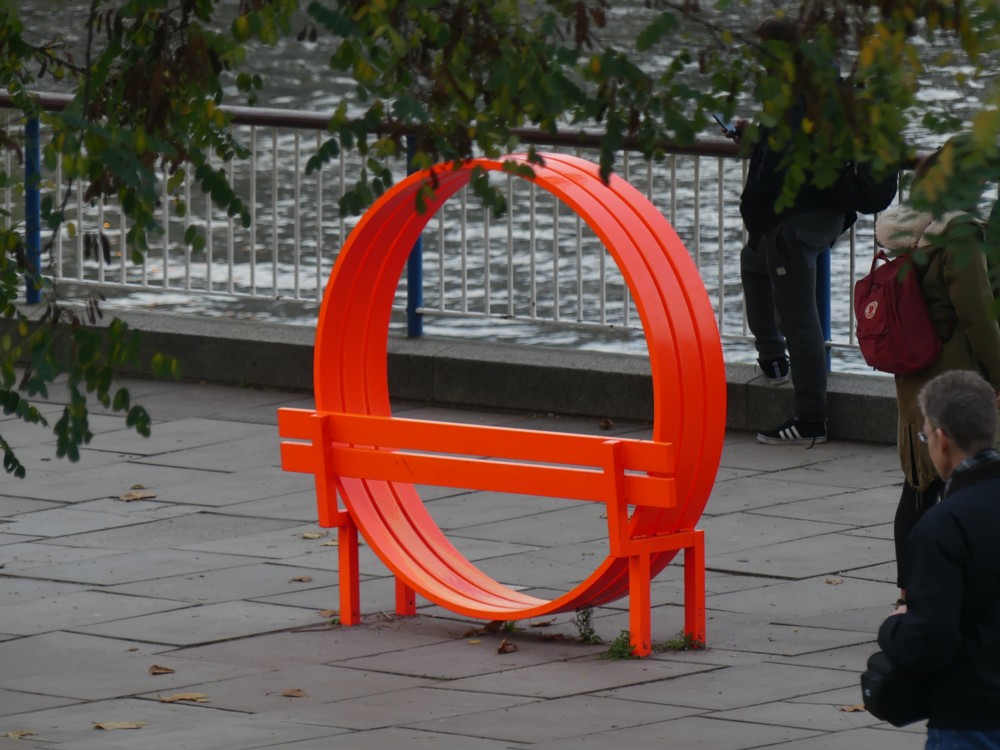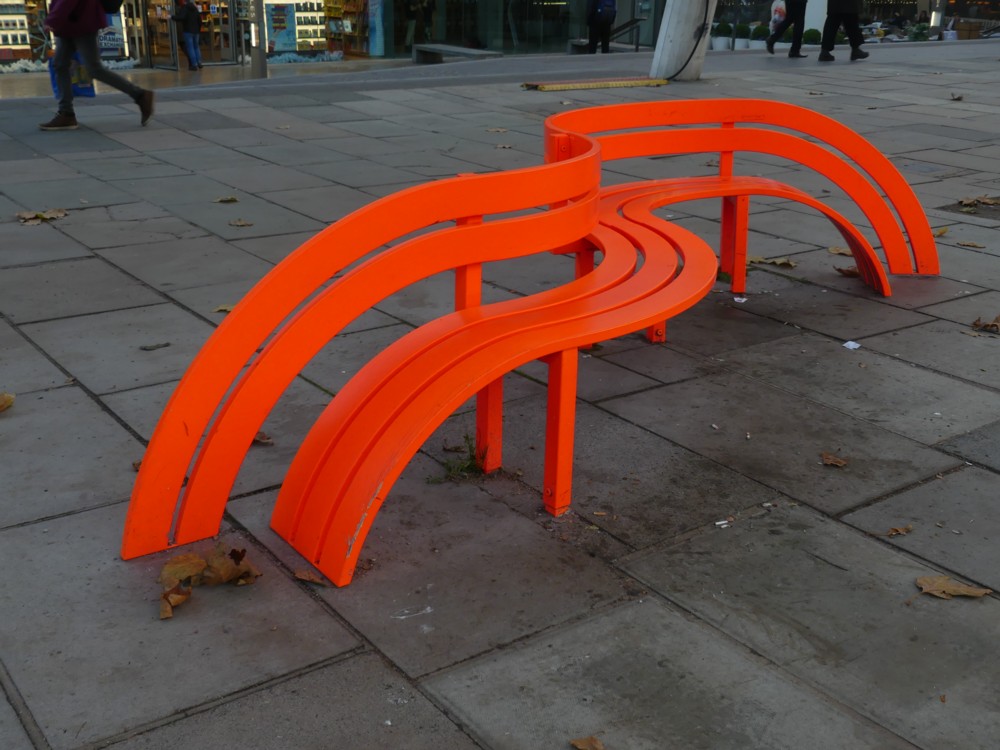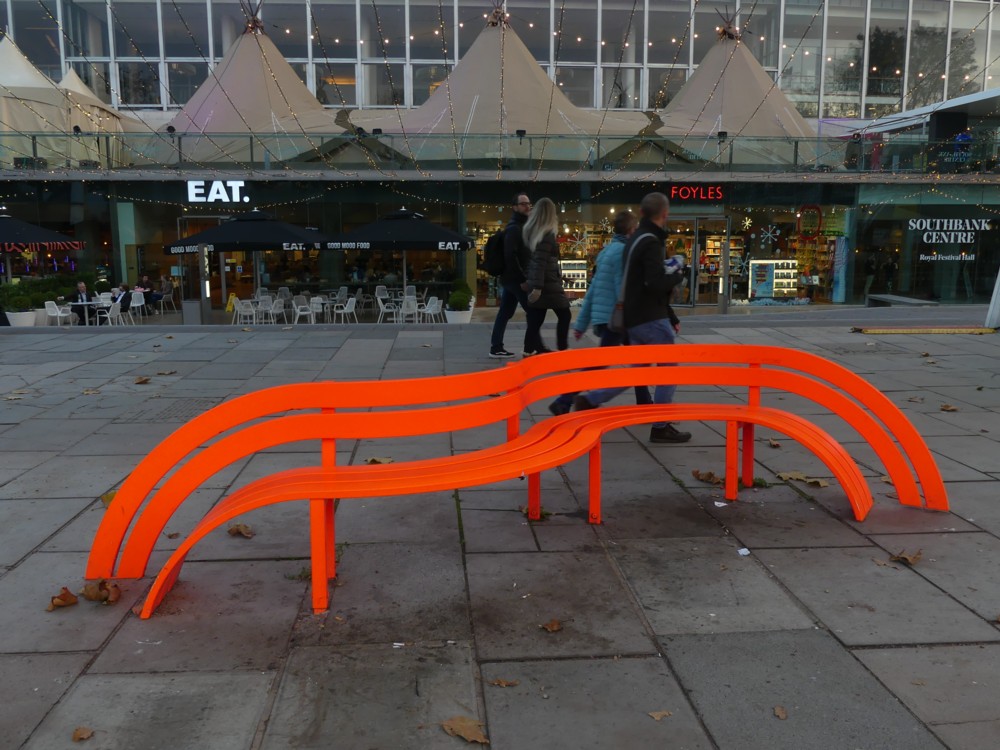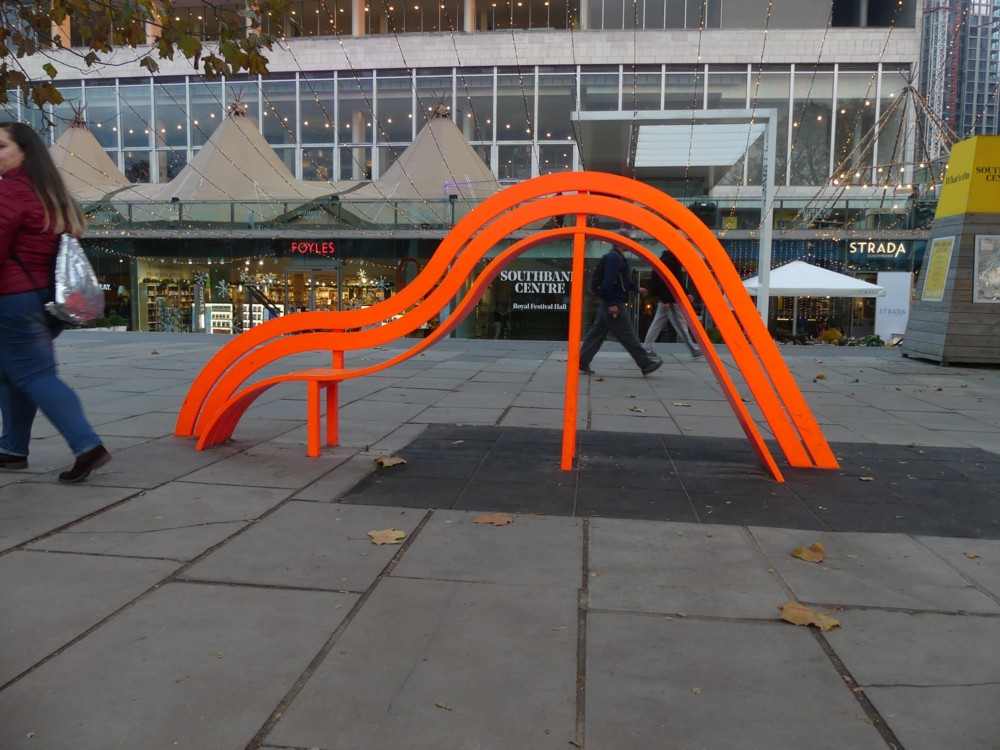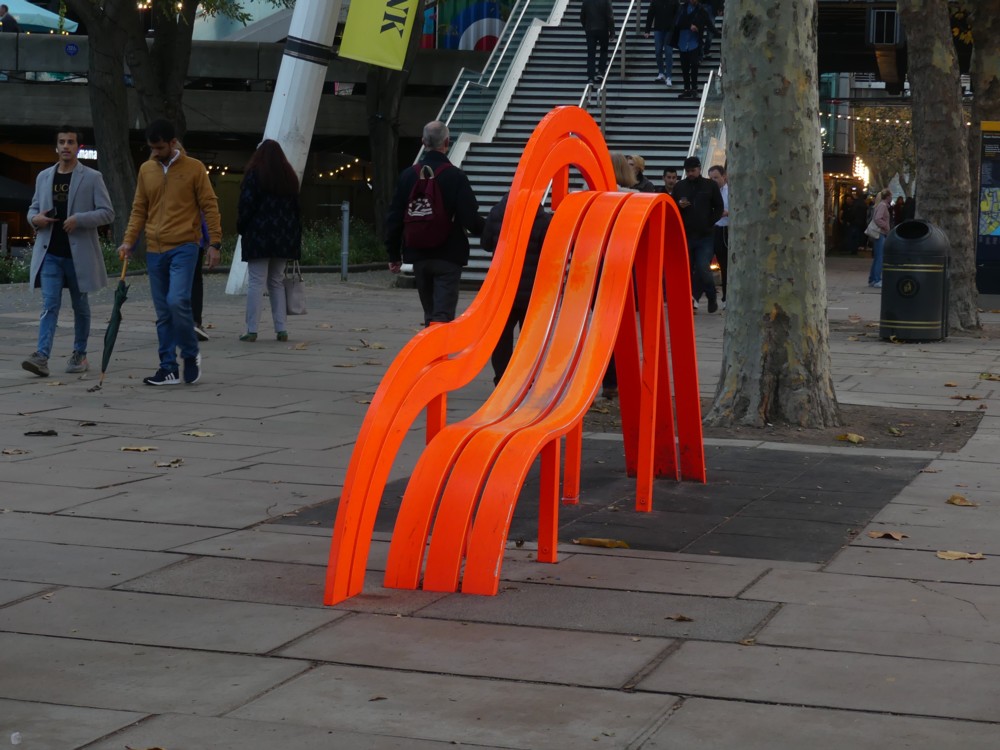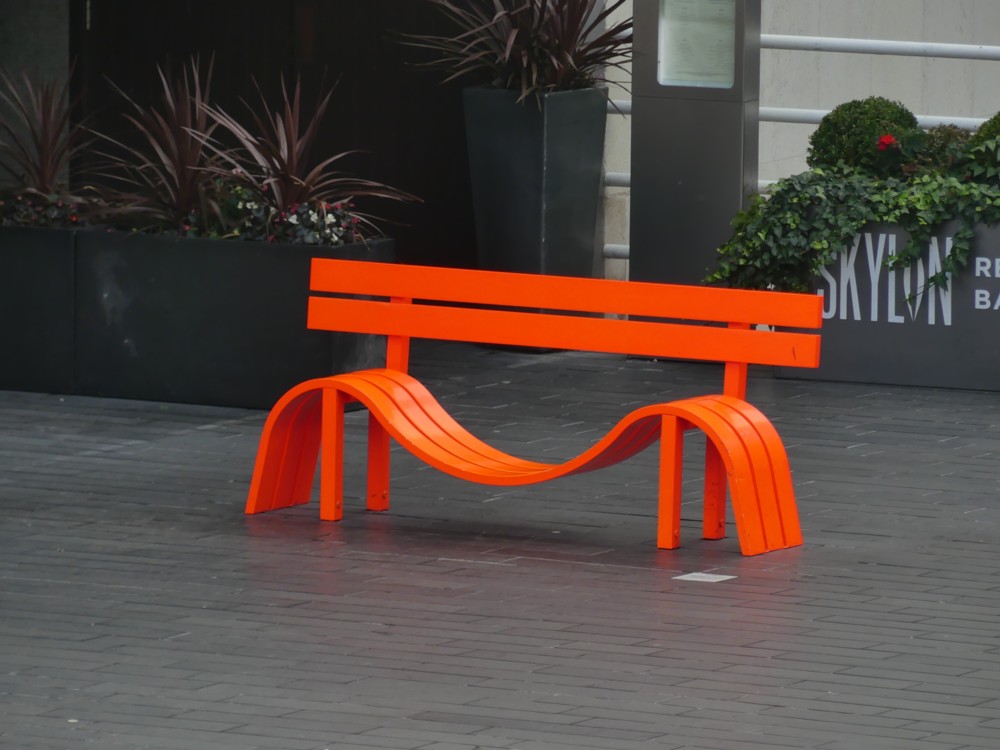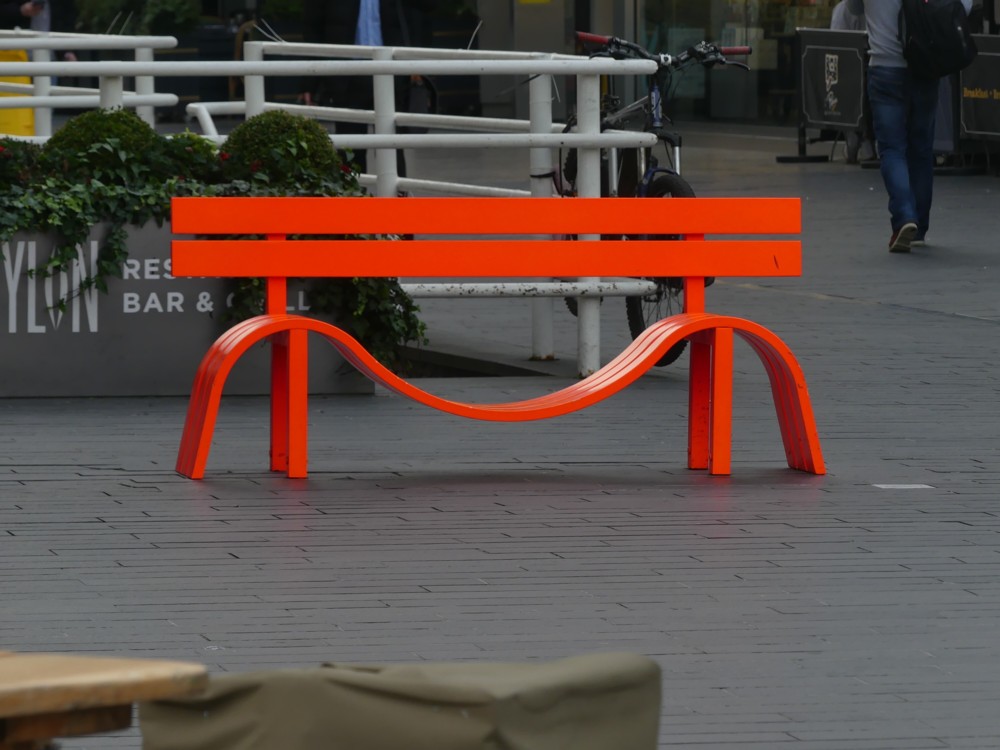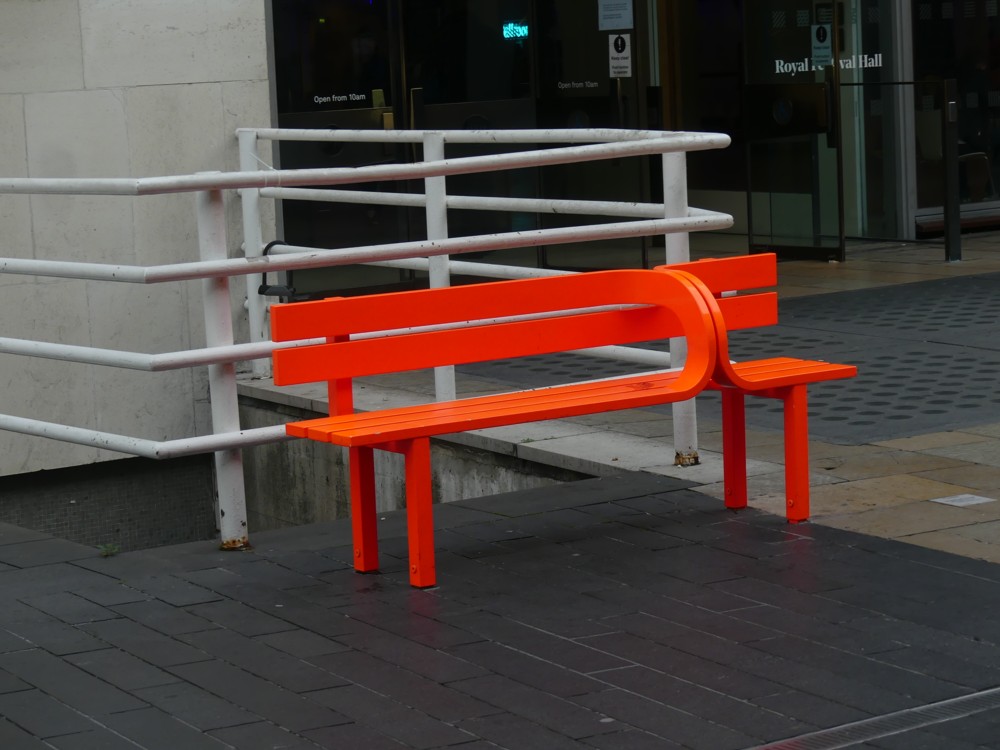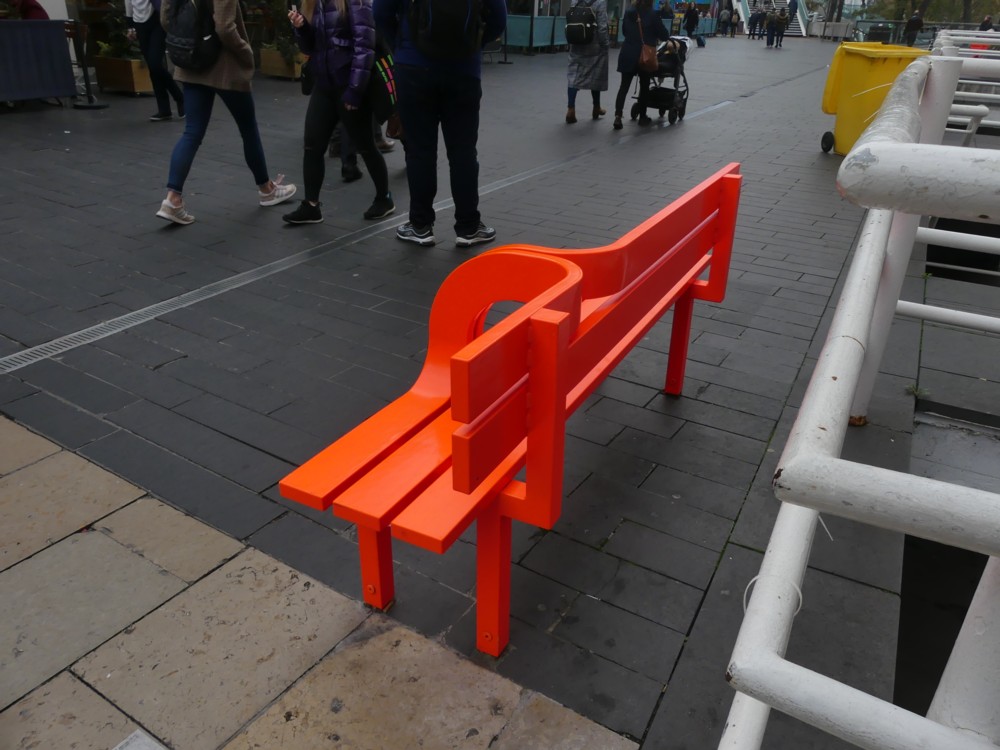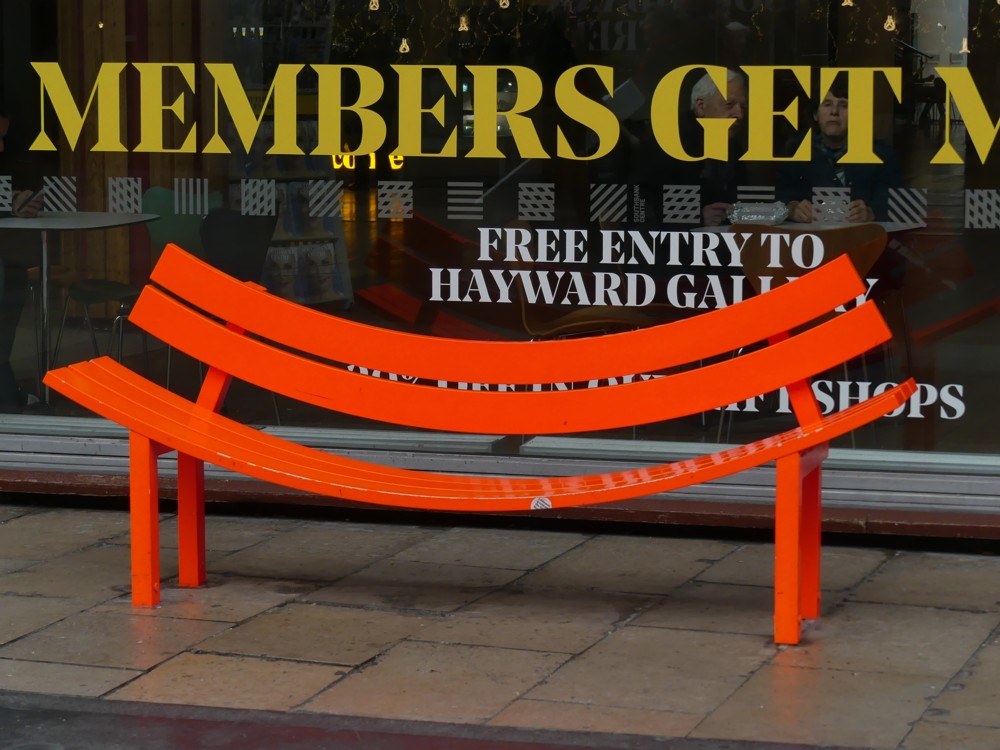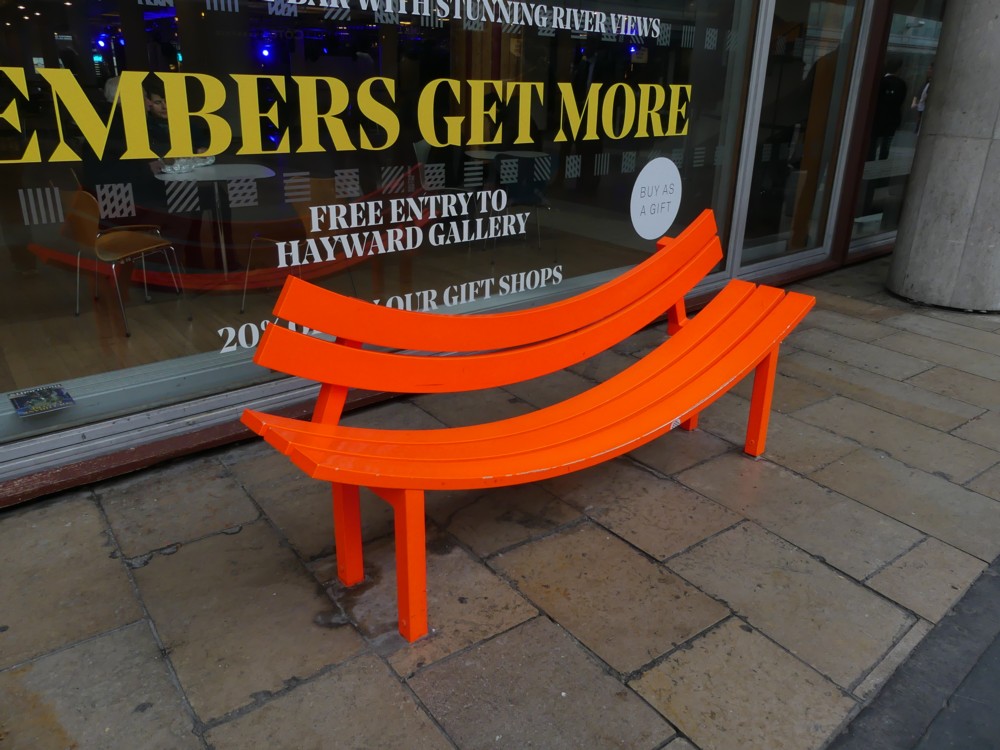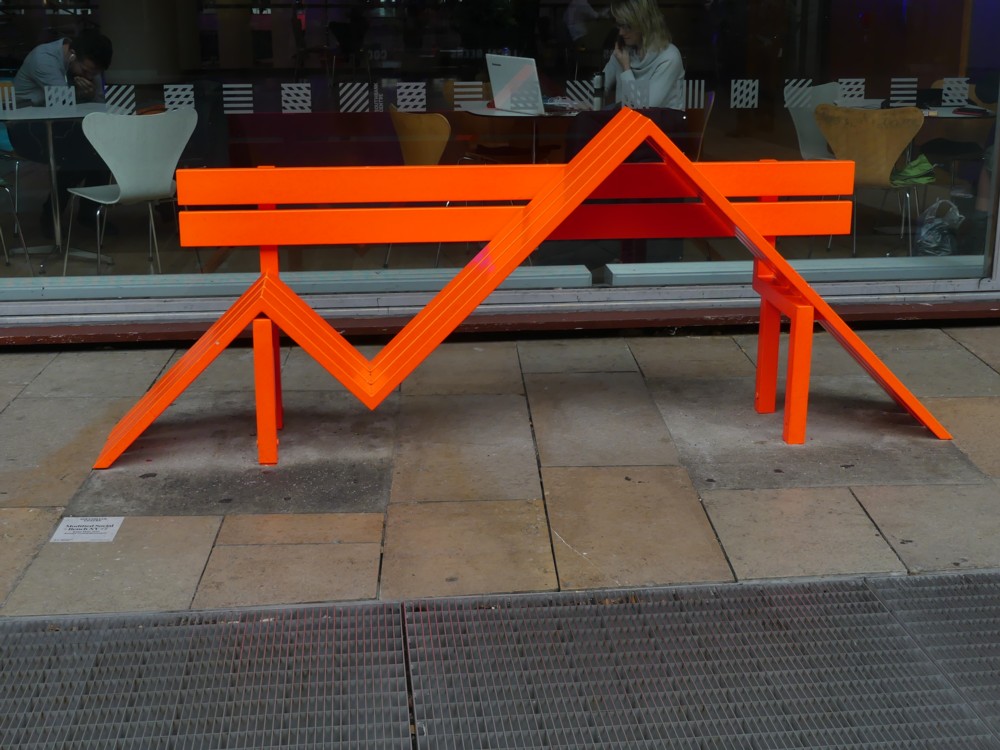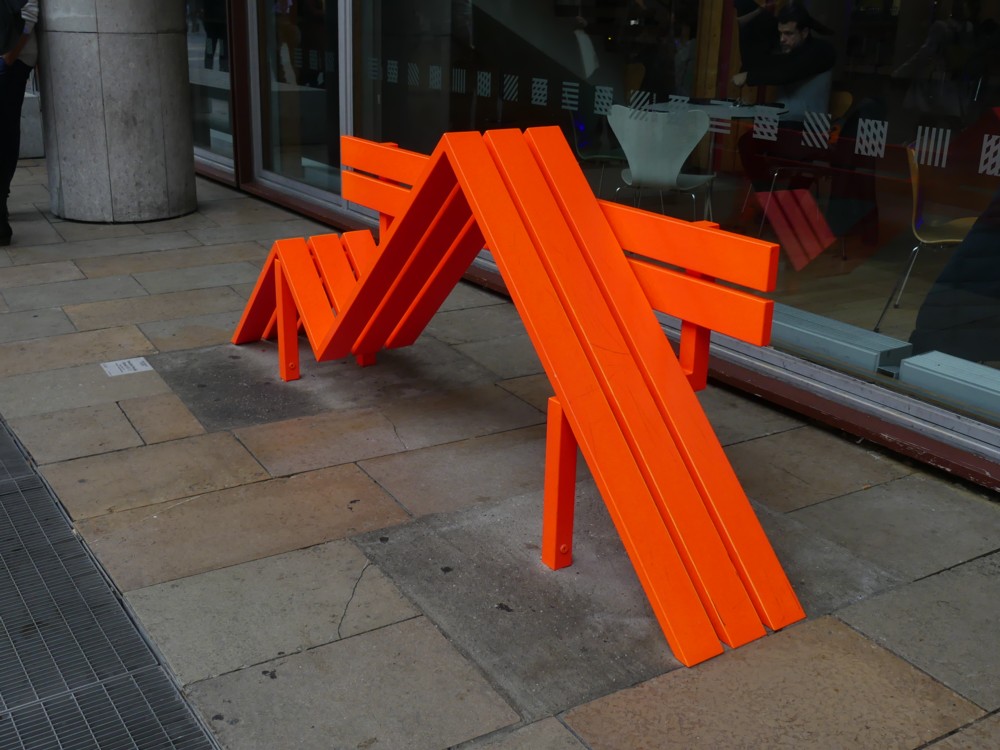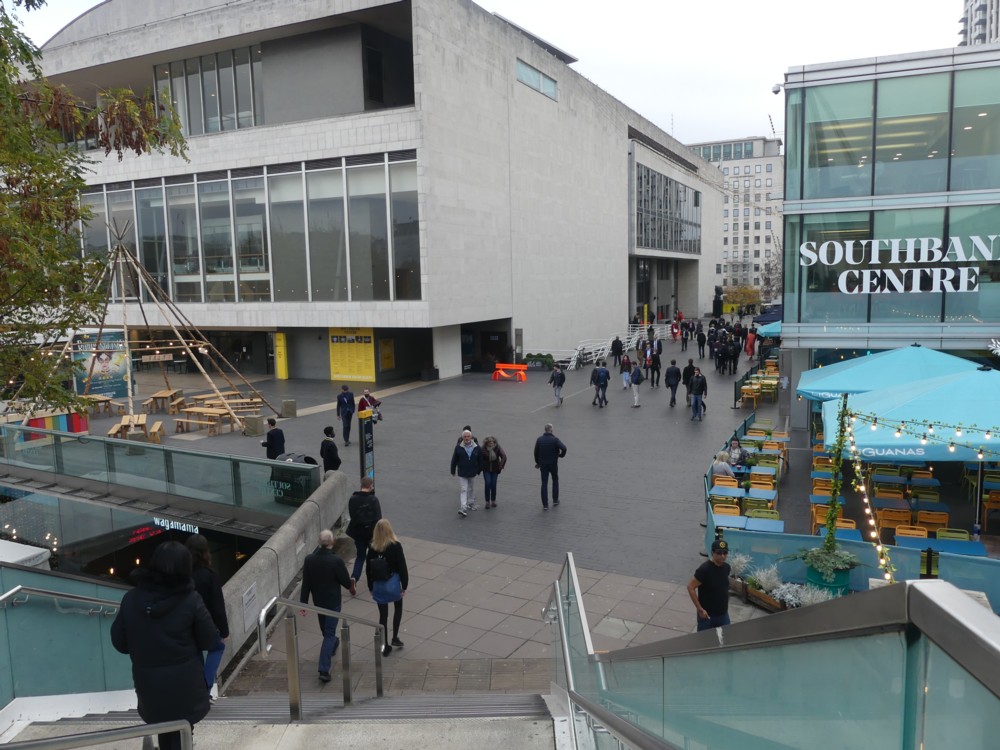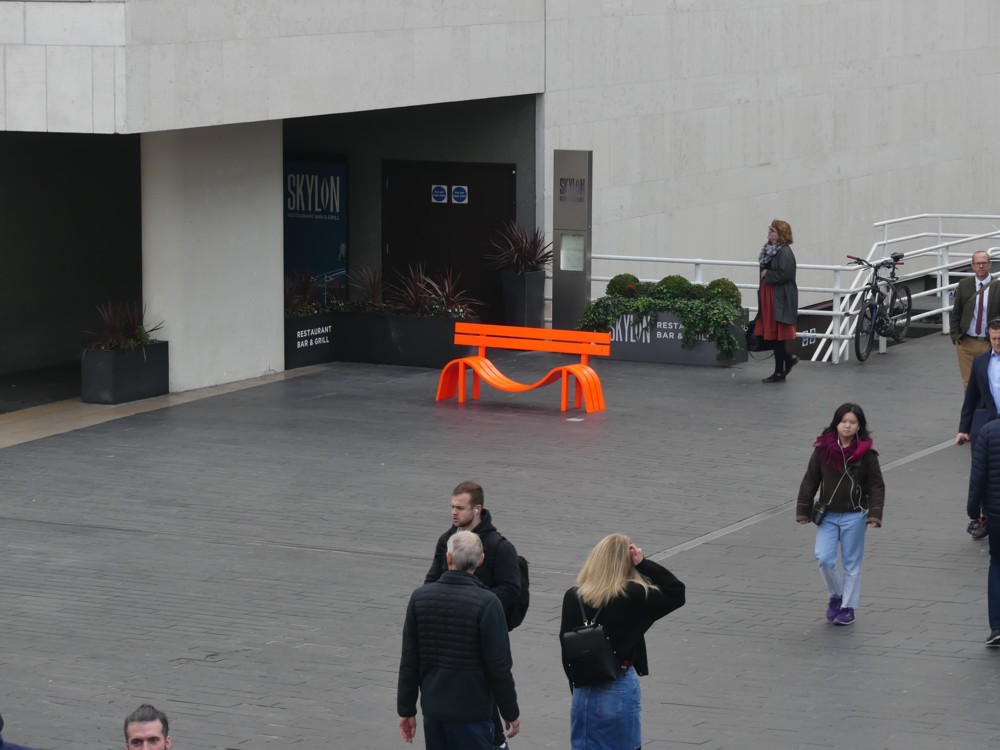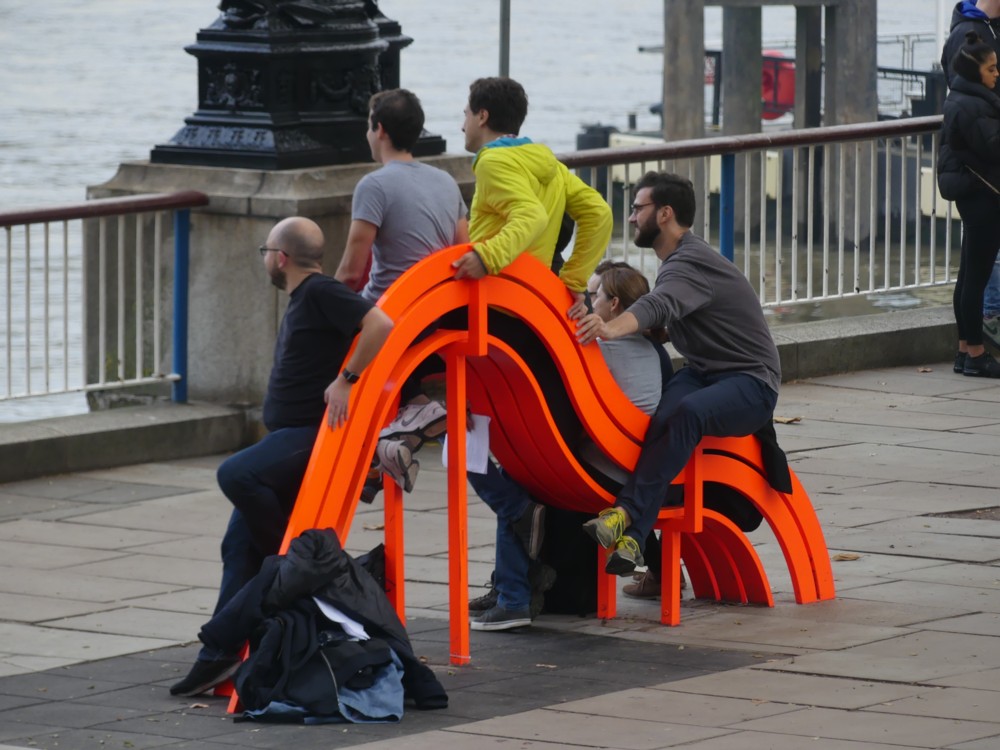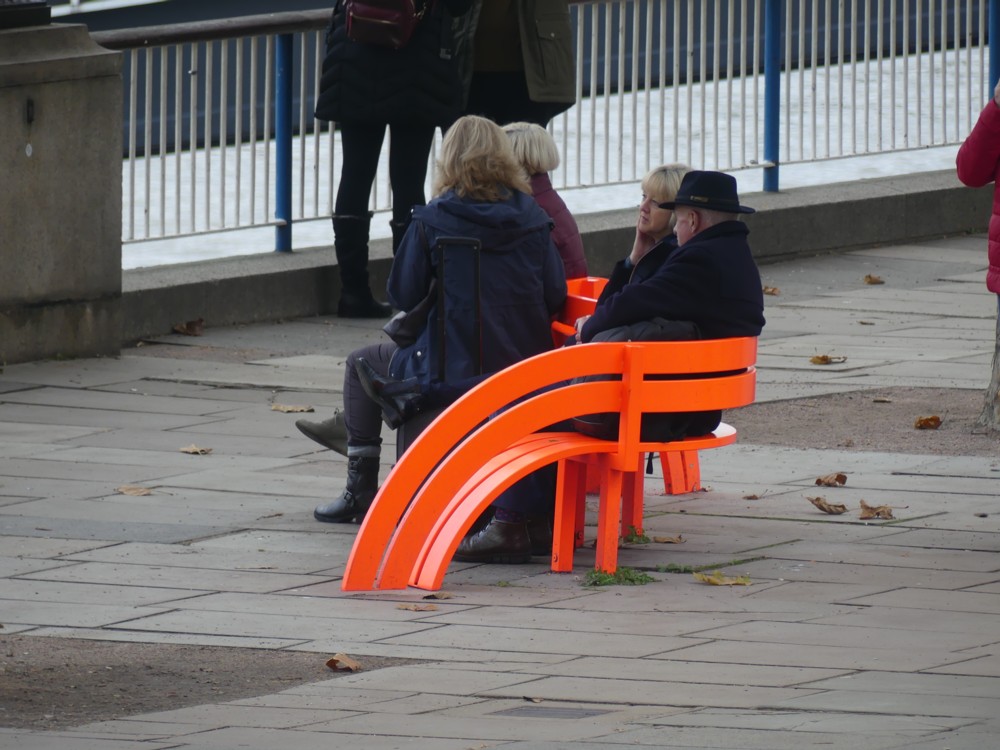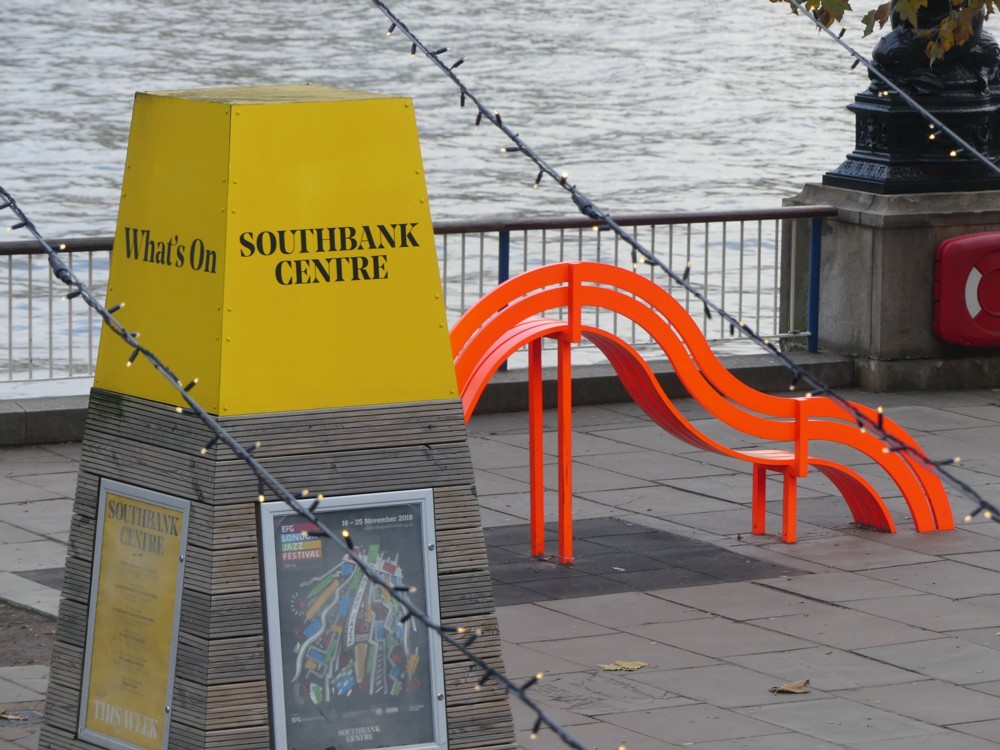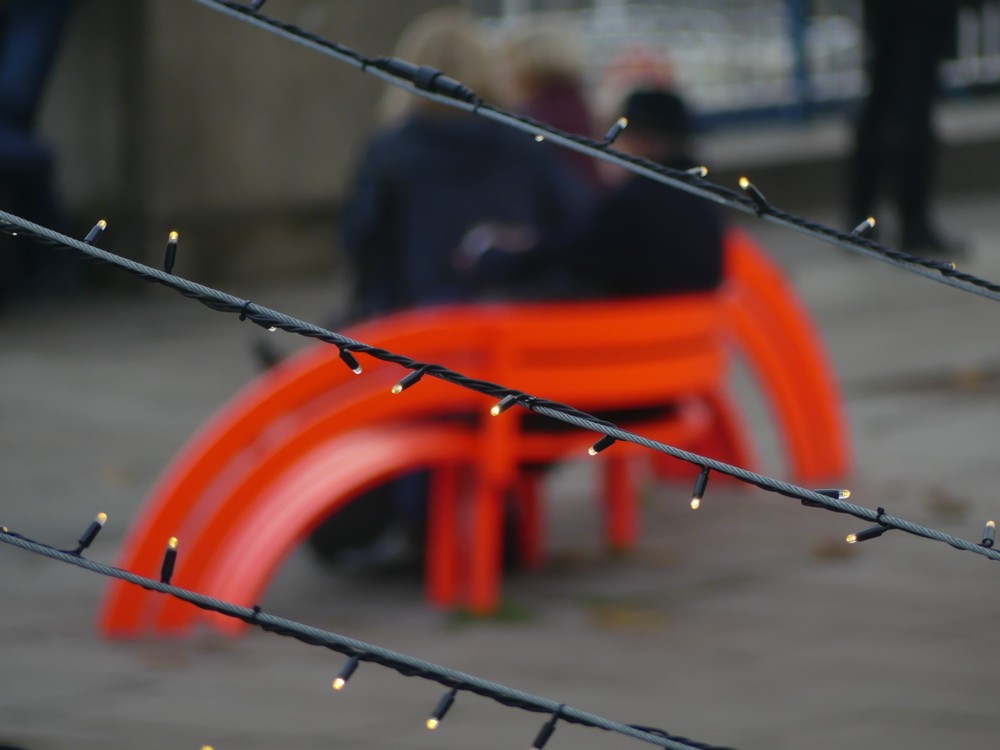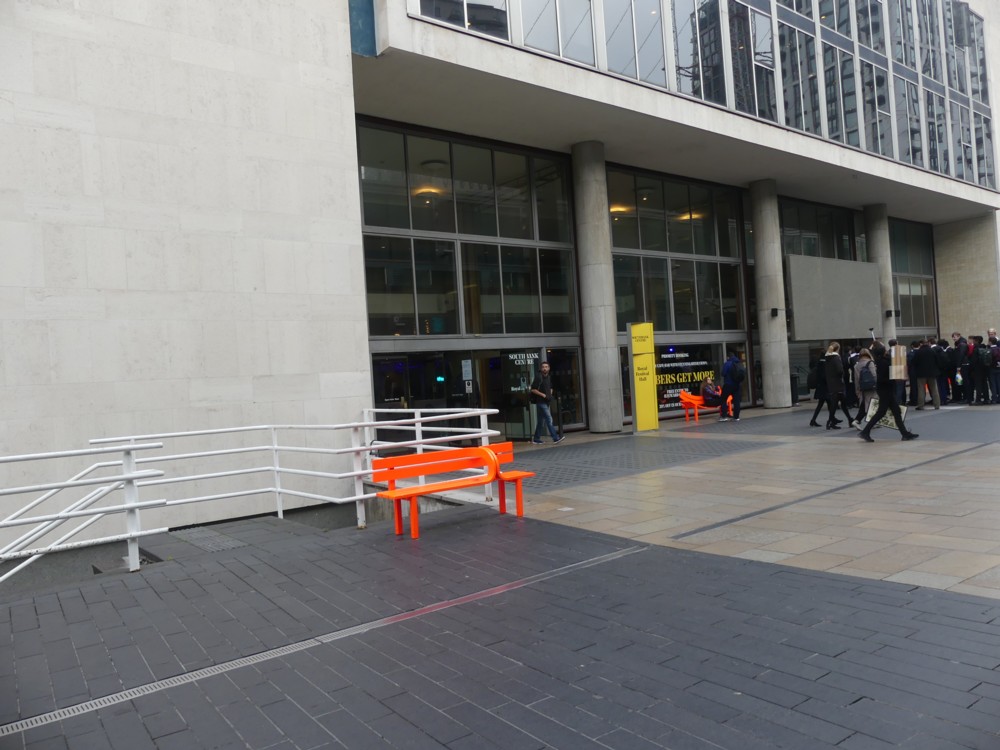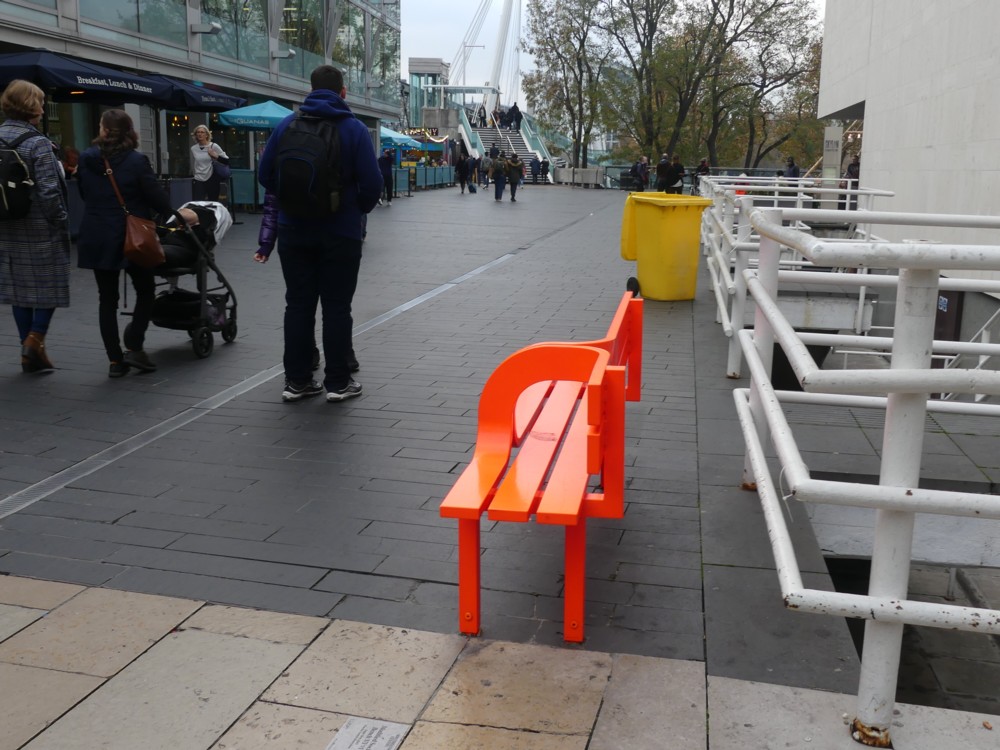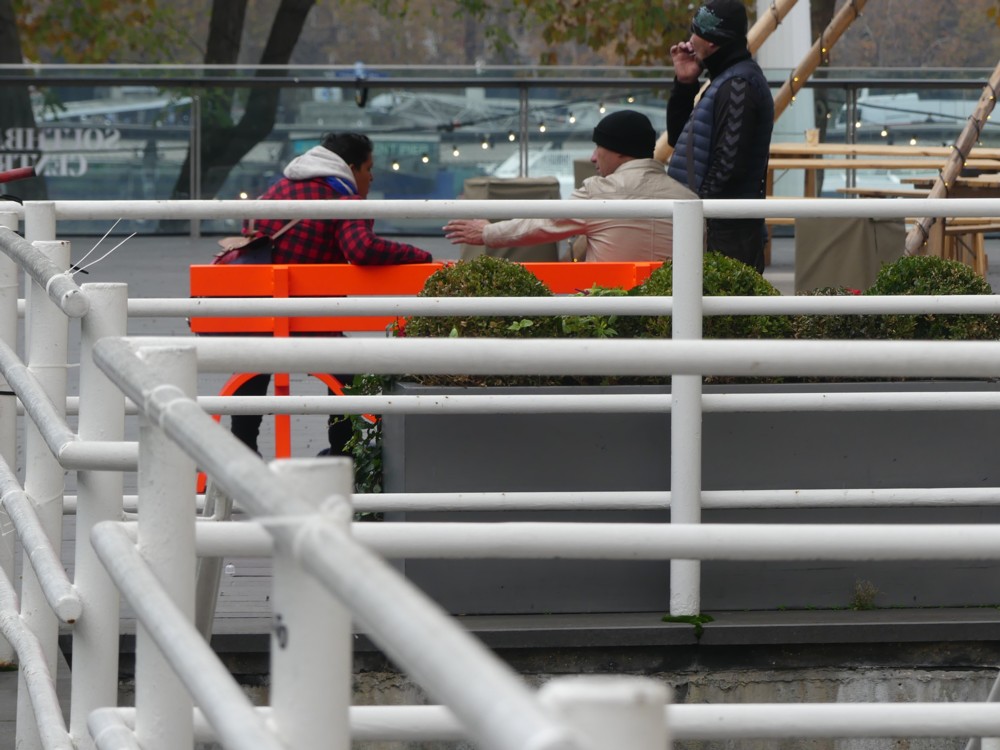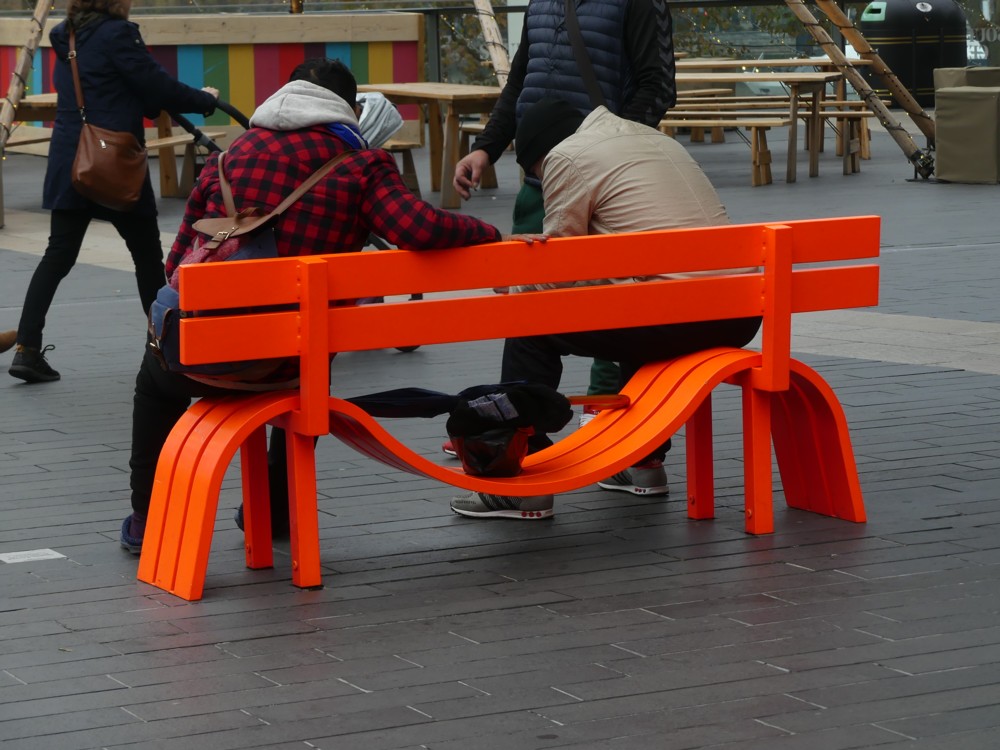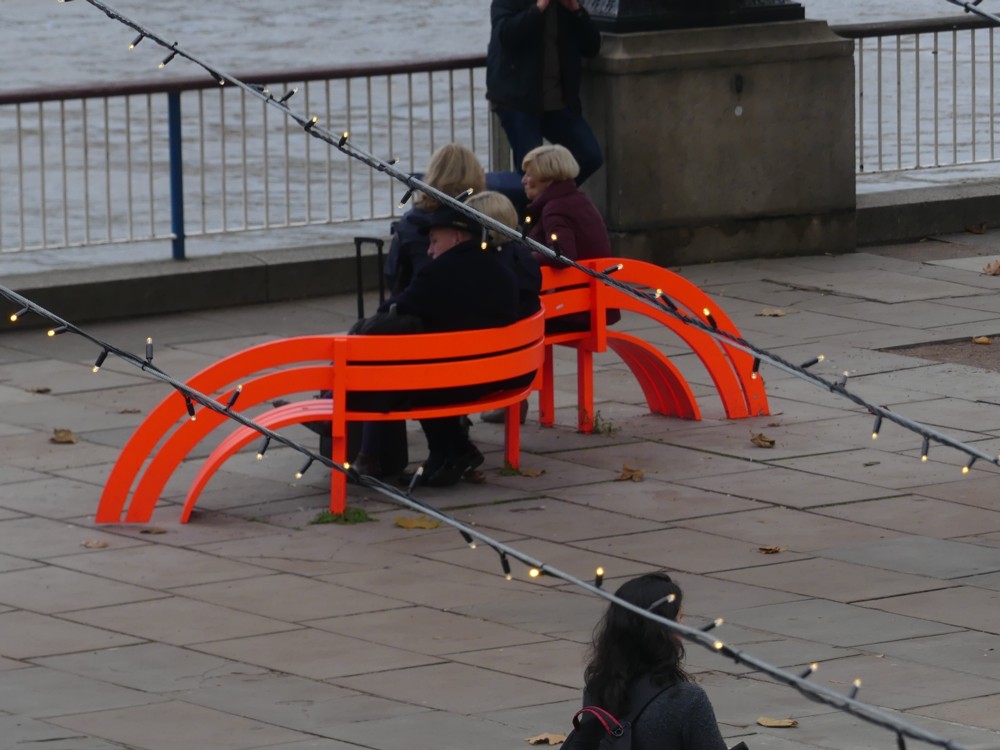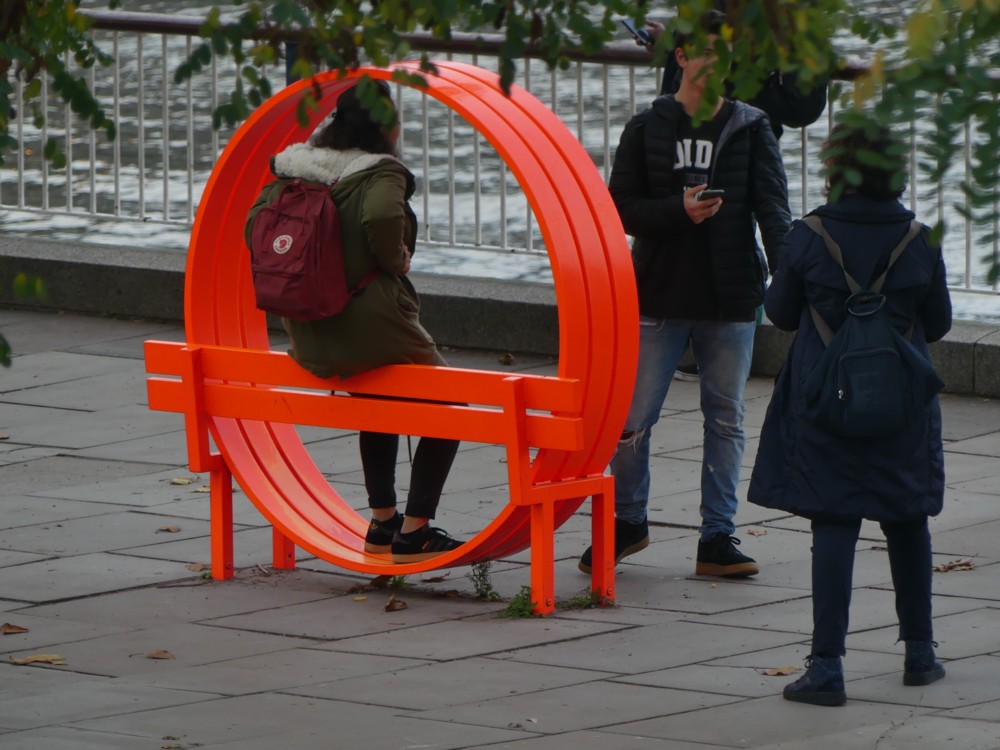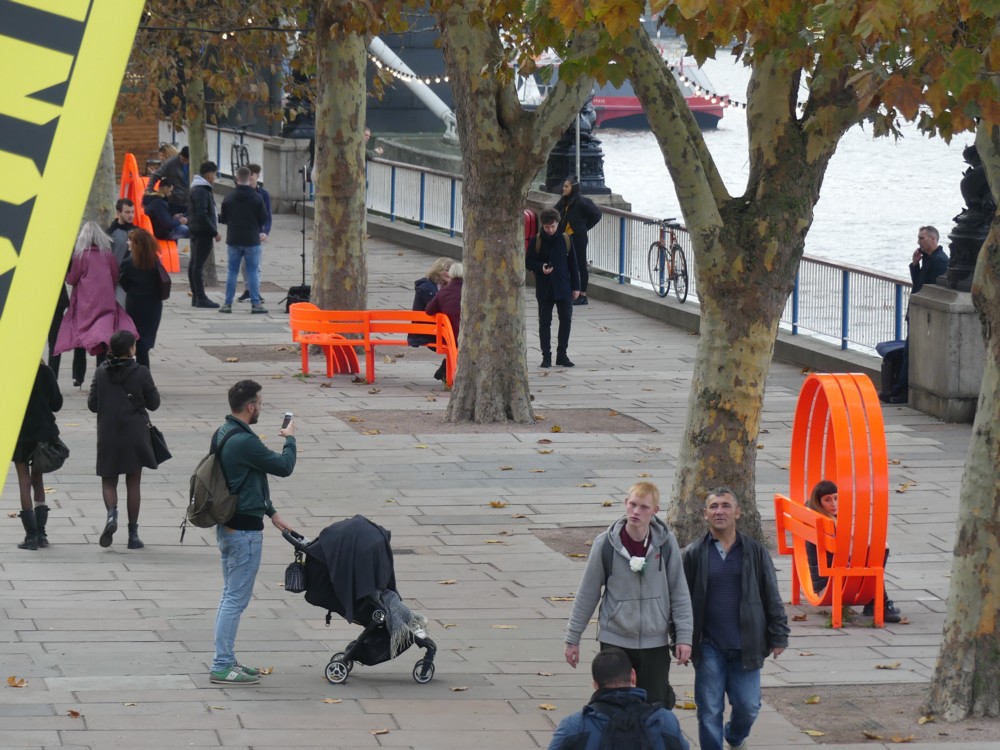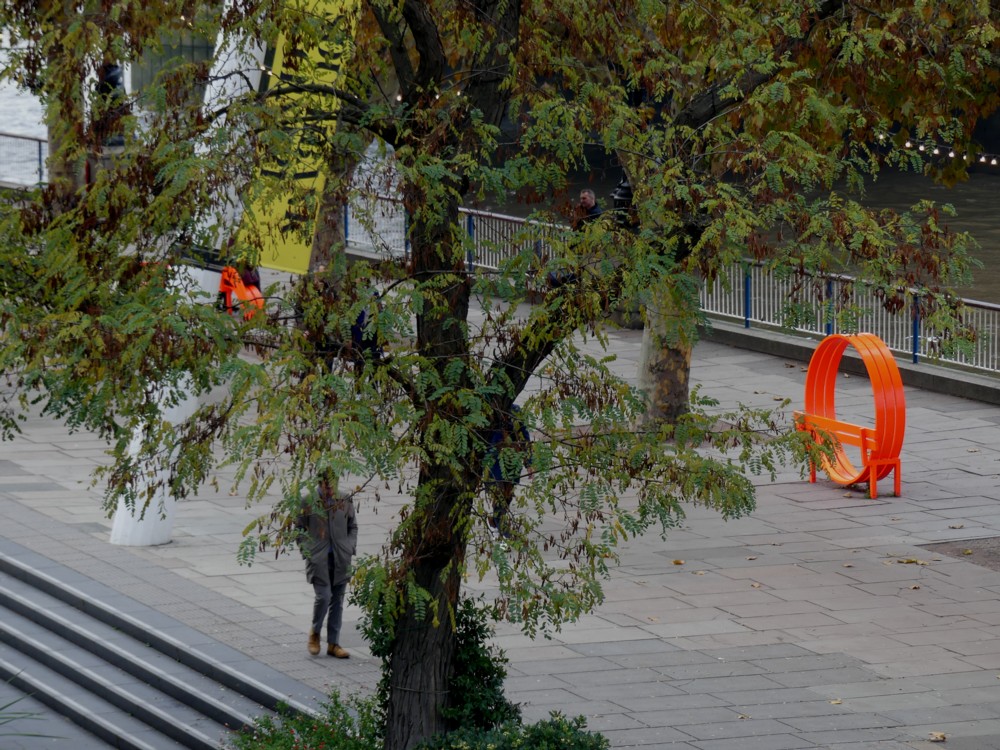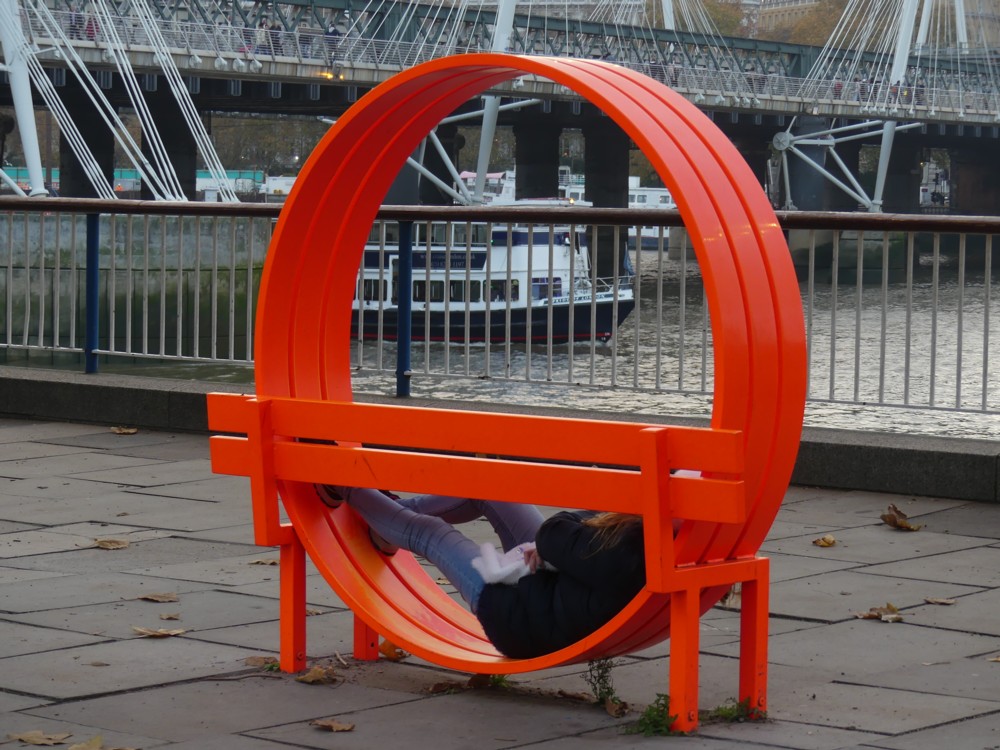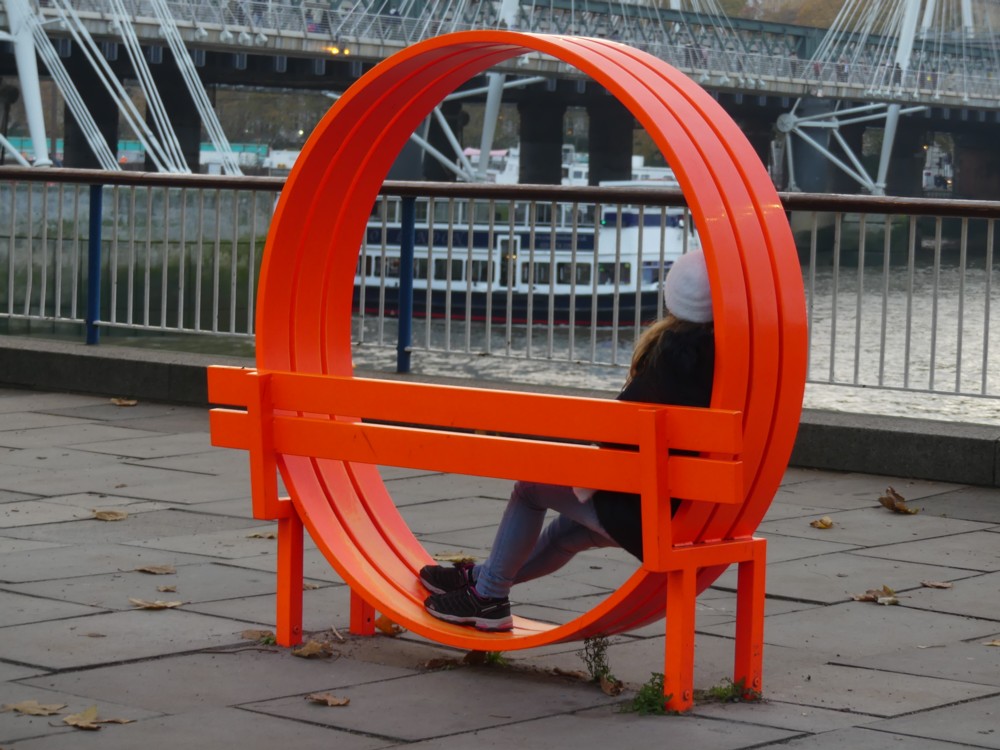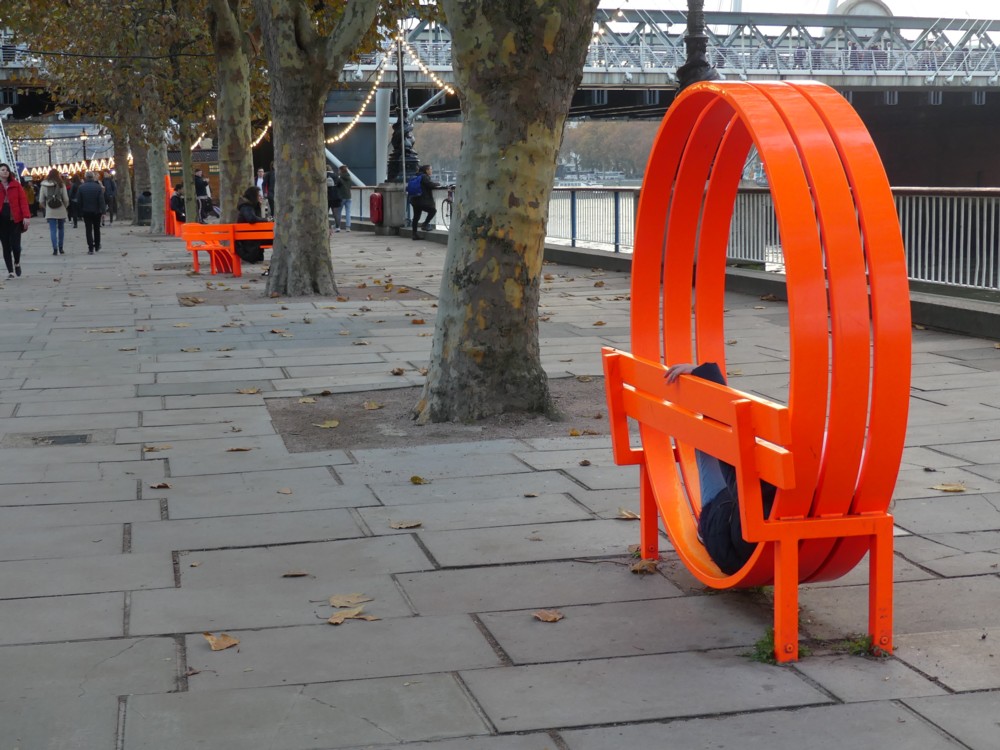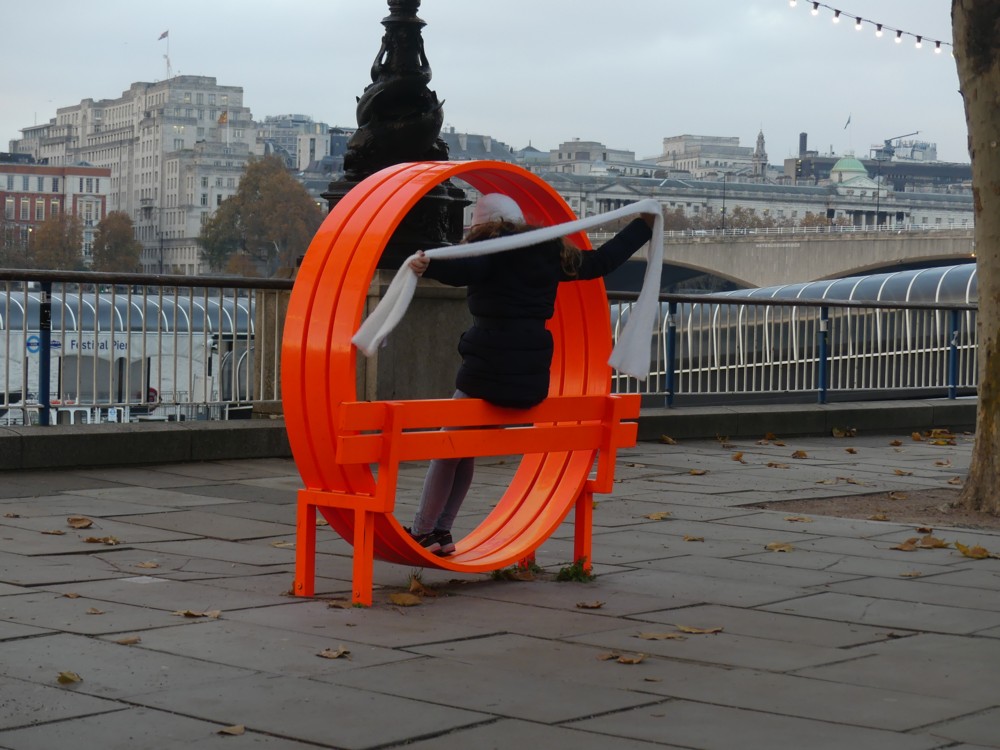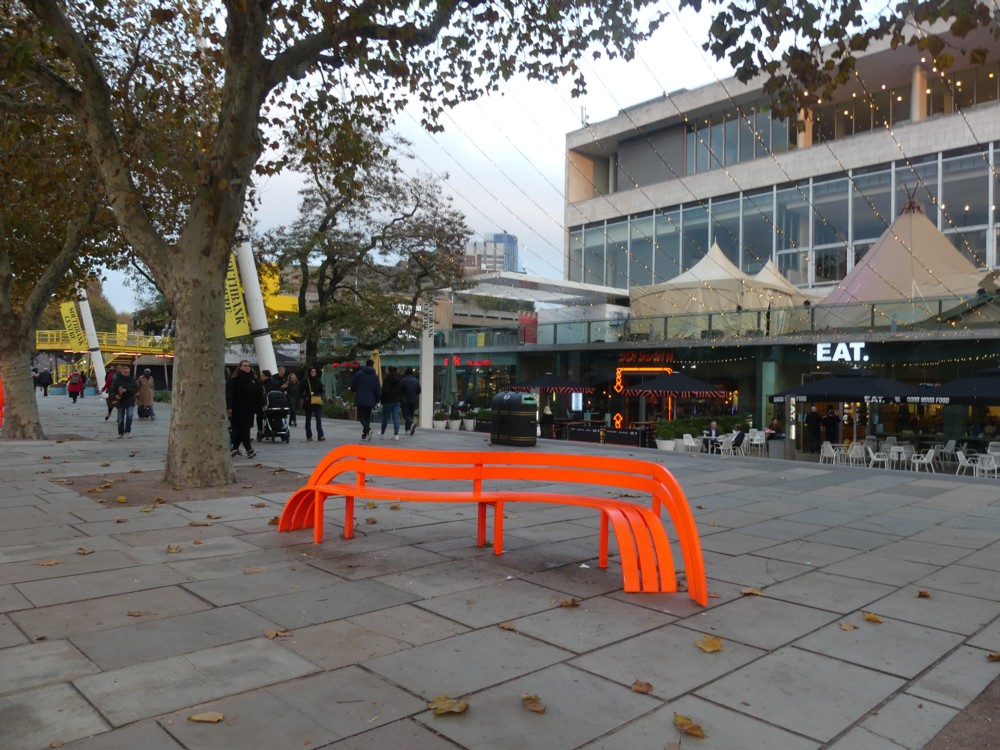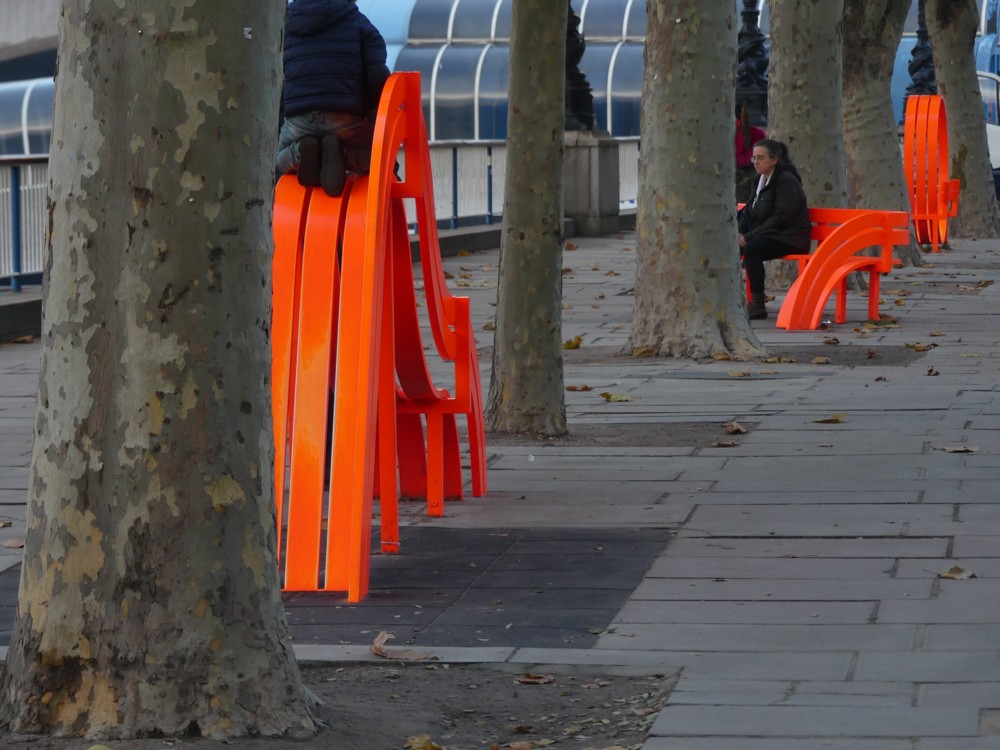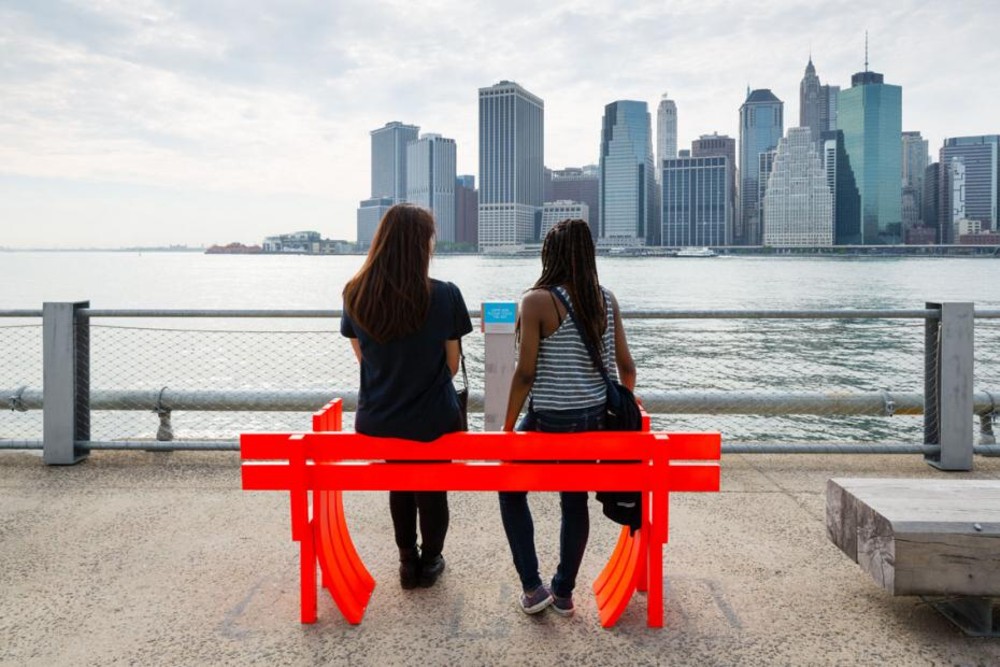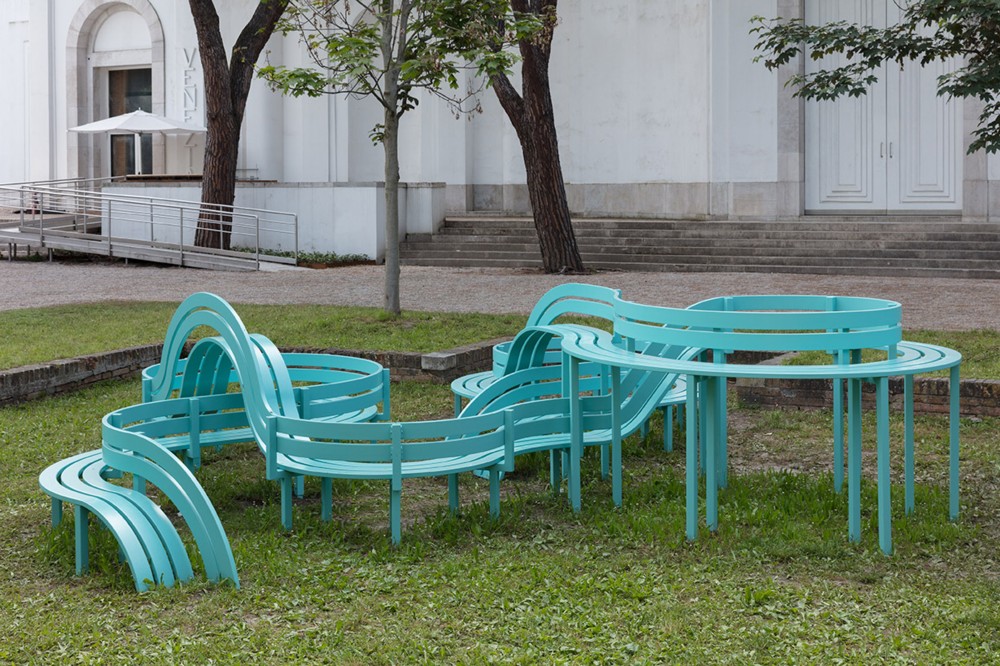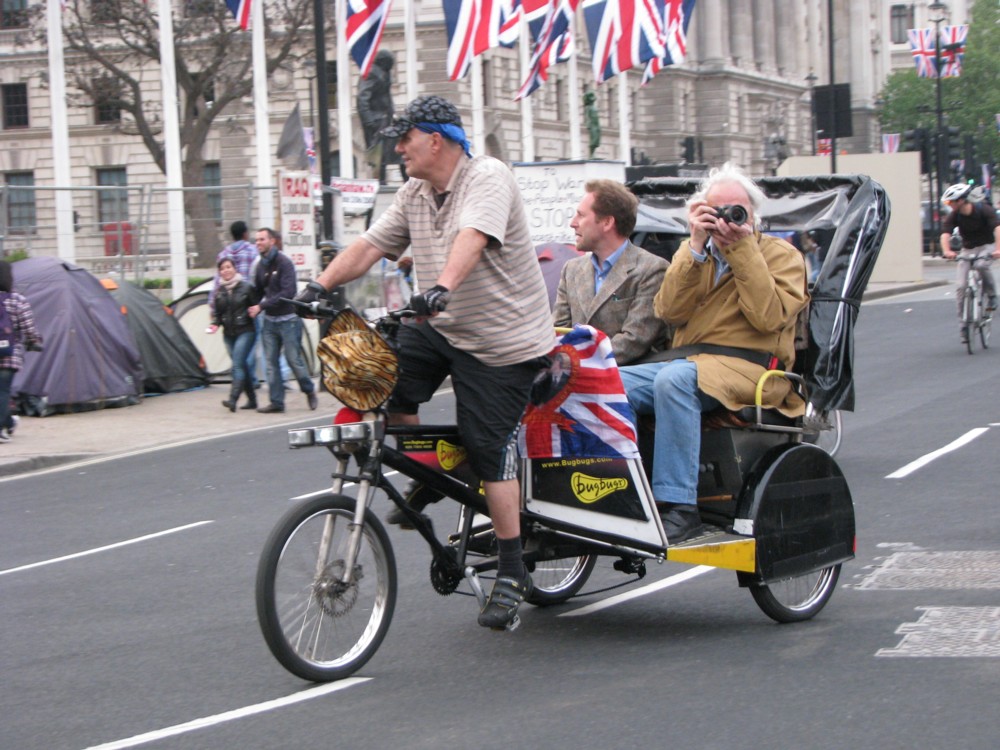I tried picking out bits of the recently penned essay by Anton Howes entitled The Agglomerationists, but it contains nothing I am willing to omit. Almost every sentence is something I find myself wanting to think about, out loud, here. Obliged quickly to name a single summary of what this blog of mine is all about, or is trying to be, I might very well just say: that.
Just as a for-instance what Howes says fits with what Stephen Davies has been saying on similar matters like two adjacent pieces of a puzzle.
So, here is “The Agglomerationists”, all of it. I’ll surely be referring back to this and quoting bits of it for quite some while:
The other day, economic historian Tim Leunig tagged me into a comment on twitter with the line “intellectually I think the biggest change since settled agriculture was the idea that most people could live in cities and not produce food”. What’s interesting about that, I think, is the idea that this was not just an economic change, but an intellectual one. In fact, I’ve been increasingly noticing a sort of ideology, if one can call it that, which seemingly took hold in Britain in the late sixteenth century and then became increasingly influential. It was not the sort of ideology that manifested itself in elections, or even in factions, but it was certainly there. It had both vocal adherents and strenuous opponents, the adherents pushing particular policies and justifying them with reference to a common intellectual tradition. Indeed, I can think of many political and economic commentators who are its adherents today, whether or not they explicitly identify as such.
Today, the people who hold this ideology will occasionally refer to themselves as “urbanists”. They are in favour of large cities, large populations, and especially density. They believe strongly in what economists like to call “agglomeration effects” — that is, if you concentrate people more closely together, particularly in cities, then you are likely to see all sorts of benefits from their interactions. More ideas, more trade, more innovation, more growth.
Yet urbanism as a word doesn’t quite capture the full scope of the ideology. The group also heavily overlaps with natalists — people who think we should all have more babies, regardless of whether they happen to live in cities — and a whole host of other groups, from pro-immigration campaigners, to people setting up charter cities, to advocates of cheaper housing, to enthusiasts for mass transit infrastructure like buses, trams, or trains. The overall ideology is thus not just about cities per se — it seems a bit broader than that. Given the assumptions and aims that these groups hold in common, perhaps a more accurate label for their constellation of opinions and interests would be agglomerationism.
So much for today. What is the agglomerationist intellectual tradition? In the sixteenth century, one of the mantras that keeps cropping up is the idea that “the honour and strength of a prince consists in the multitude of the people” — a sentiment attributed to king Solomon. It’s a phrase that keeps cropping up in some shape or form throughout the centuries, and used to justify a whole host of agglomerationist policies. And most interestingly, it’s a phrase that begins cropping up when England was not at all urban, in the mid-sixteenth century — only about 3.5% of the English population lived in cities in 1550, far lower than the rates in the Netherlands, Italy, or Spain, each of which had urbanisation rates of over 10%. Even England’s largest city by far, London, was by European standards quite small. Both Paris and Naples were at least three times as populous (don’t even mention the vast sixteenth-century metropolises of China, or Constantinople).
Given their lack of population or density, English agglomerationists had a number of role models. One was the city of Nuremburg — through manufactures alone, it seemed, a great urban centre had emerged in a barren land. Another was France, which in the early seventeenth century seemed to draw in the riches to support itself through sheer exports. One English ambassador to France in 1609 noted that its “corn and grain alone robs all Spain of their silver and gold”, and warned that it was trying to create still new export industries like silk-making and tapestry weaving. (The English rapidly tried to do the same, though with less success.) France may not have been especially urban either, but Paris was already huge and on the rise, and the country’s massive overall population made it “the greatest united and entire force of any realm or dominion” in Christendom. Today, the population of France and Britain are about the same, but in 1600 France’s was about four times as large. Some 20 millions compared to a paltry 5. If Solomon was right, then England had a lot of catching up to do to even approach France in honour.
Most important of all the role models, however, was the Dutch Republic. Here was a nation that could not possibly feed itself using its own land, but which nonetheless was extremely populous and wealthy. It made itself, as one English admirer put it, “powerful and rich in all kinds, by merchandise, manufactory, and fullness of trade, having no commodities in their own country growing”. With low tariffs and a vast merchant fleet, Amsterdam had become the global entrepôt, sucking in commodities from all across the world and then re-exporting them to the rest of Europe. And through high-value manufactures, it paid for whatever imports of raw materials it needed to support its population. It wove and dyed English wool into expensive fine cloth, then sold it back at a profit to the very English. It built its ships from Baltic timber, then used those ships to dominate the Baltic trade. Despite having “not a timber tree growing in their country”, they somehow still were able to build and maintain the largest merchant and fishing fleet in Europe. Observers even marvelled at how a country that produced hardly any grain of its own could relieve food shortages in England, which was usually a major grain exporter.
To emulate the Dutch, English agglomerationists recommended introducing high-value trades, not worrying too much about growing grain or timber at home, and boosting the size of the English merchant marine — all the better, too, to support the navy in times of war. The eating of fish, for example, was in 1563 made compulsory on Wednesdays. A straightforward way to support the English fishery as the “nursery” of its sailors. By the end of the seventeenth century, it was also considered ancient and prudent policy to ban any search for coal deposits near London, so that there would continue to be a reliable trade in coal from Newcastle-upon-Tyne by sea — this colliery trade was supposed to be a reliable economic backstop for all merchant mariners, to shield them from price fluctuations in whatever other trades they might ply.
Among the other Dutch characteristics to emulate was also a subjugation of nature to suit the needs of human commerce — draining marshes, making rivers navigable, and digging canals. A way to transform the inaccessible inland towns into centres of manufacture that could be supplied with grain from somewhere else. The Dutch had somehow reclaimed their land from the sea itself, so why not apply the same expertise to England, particularly by importing skilled Dutch engineers? Indeed, the English since at least the mid-sixteenth century had pursued a proactive policy of attracting talent from abroad. In doing so, they adopted yet another foreign agglomerationist policy — the patent monopoly, as practised in Venice — which was generally used to give skilled foreigners a temporary monopoly on high-value industries that they would introduce to the country. Venice, like Nuremberg, was yet another noted case of a city that had grown large despite lacking its own barren surroundings. As the statesman Thomas Smith put it in the late 1540s, the Venetians “if they may hear of any cunning craftsman in any faculty, they will find the means to allure him to dwell in their city”.
Then, as now, agglomerationists were generally in favour of immigration. They supported the invitation of religious refugees from the Netherlands and France throughout the sixteenth and seventeenth centuries, many of whom introduced luxury manufactures like silk-weaving. In less obvious cases, too, when the refugees were not as skilled, nor as Protestant, they made their case. Take 1709, when residents of the County Palatinate of the Rhine fled the onslaught of the invading French, with some 13-14,000 refugees making their way to London. Some people suggested moving them on, perhaps to Ireland or to the colonies in America. But Daniel Defoe — later famous as the author of Robinson Crusoe — had a much more ambitious, agglomerationist plan. He proposed that a city be created from scratch in the New Forest, near Southampton — an eighteenth-century charter city.
As far as Defoe was concerned, the forest was unoccupied wasteland, hardly touched by human hands. Yet it was in England, and in an area that could make the Palatinate refugees productive British citizens. His idea was to mark out 4,000 acres somewhere near the village of Lyndhurst, which would then be split among twenty Palatinate farmers and their families, who would then pay no rent or taxes for the first twenty years. The farmers would then be given some startup capital with which to build the city, employing and housing the other refugees as their workers. Defoe’s plan was extremely detailed, reading a bit like a blow-by-blow account of someone playing a city simulation video game: select so many workers and get them to cut some timber, then so many workers to build some houses, and so on. Unfortunately, however, it never happened. The anti-agglomerationist arguments on this occasion won out and the refugees were dispersed.
Nonetheless, in defending the plan, Defore has left us with one of the pithiest and clearest summaries of his ideology: “The more people, the more trade; the more trade, the more money; the more money, the more strength; and the more strength, the greater a nation.” It might as well have come from the pen of any number of urbanists, natalists, or other agglomerationists today.

